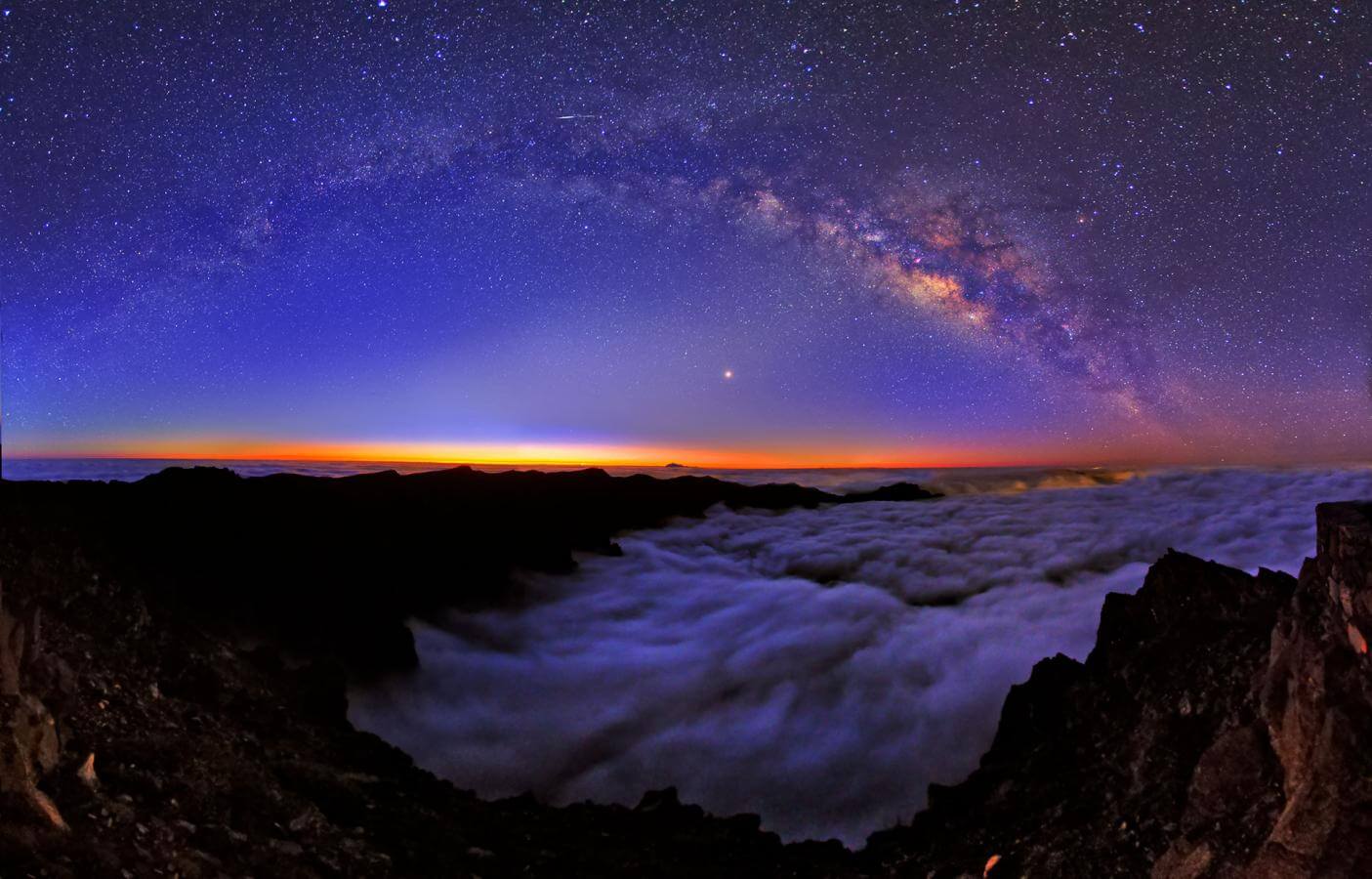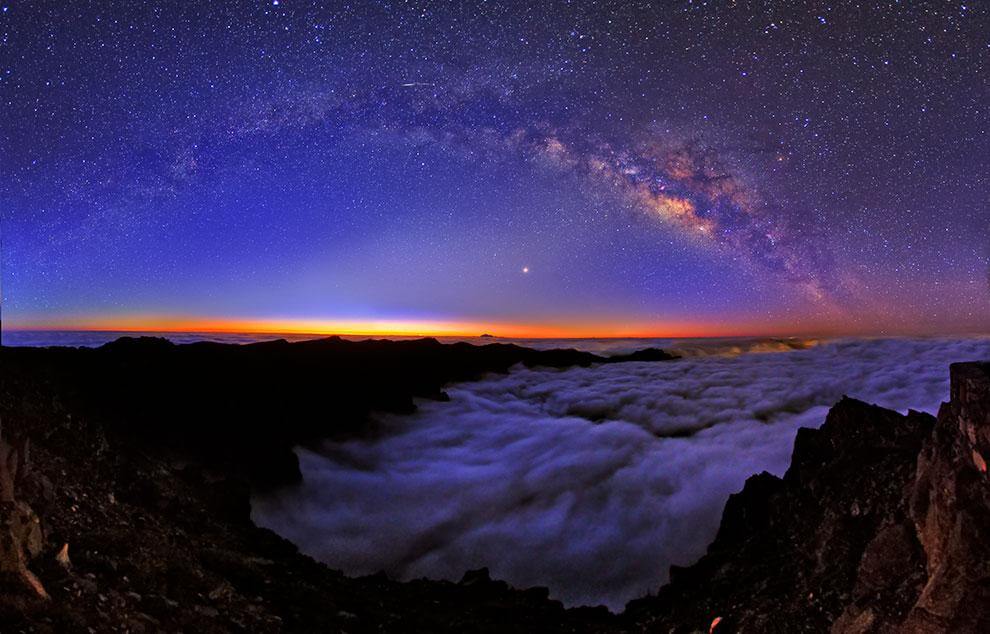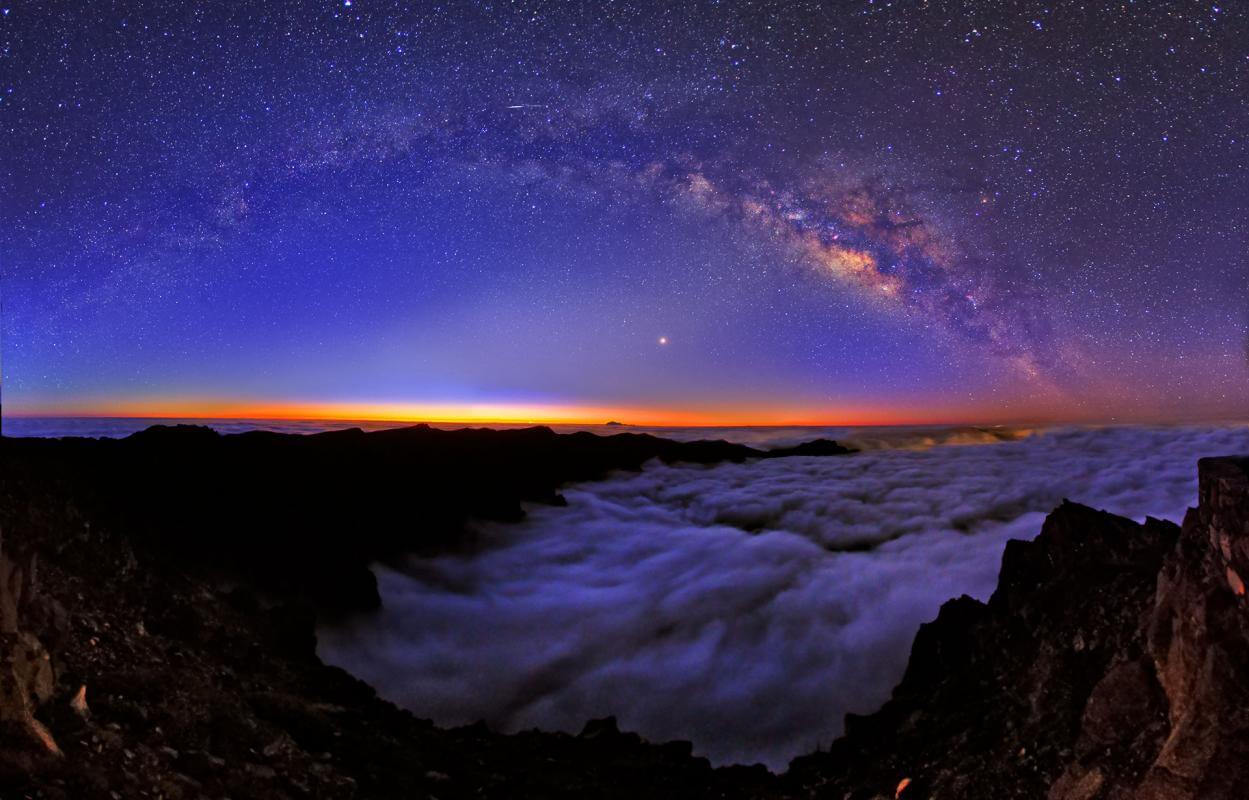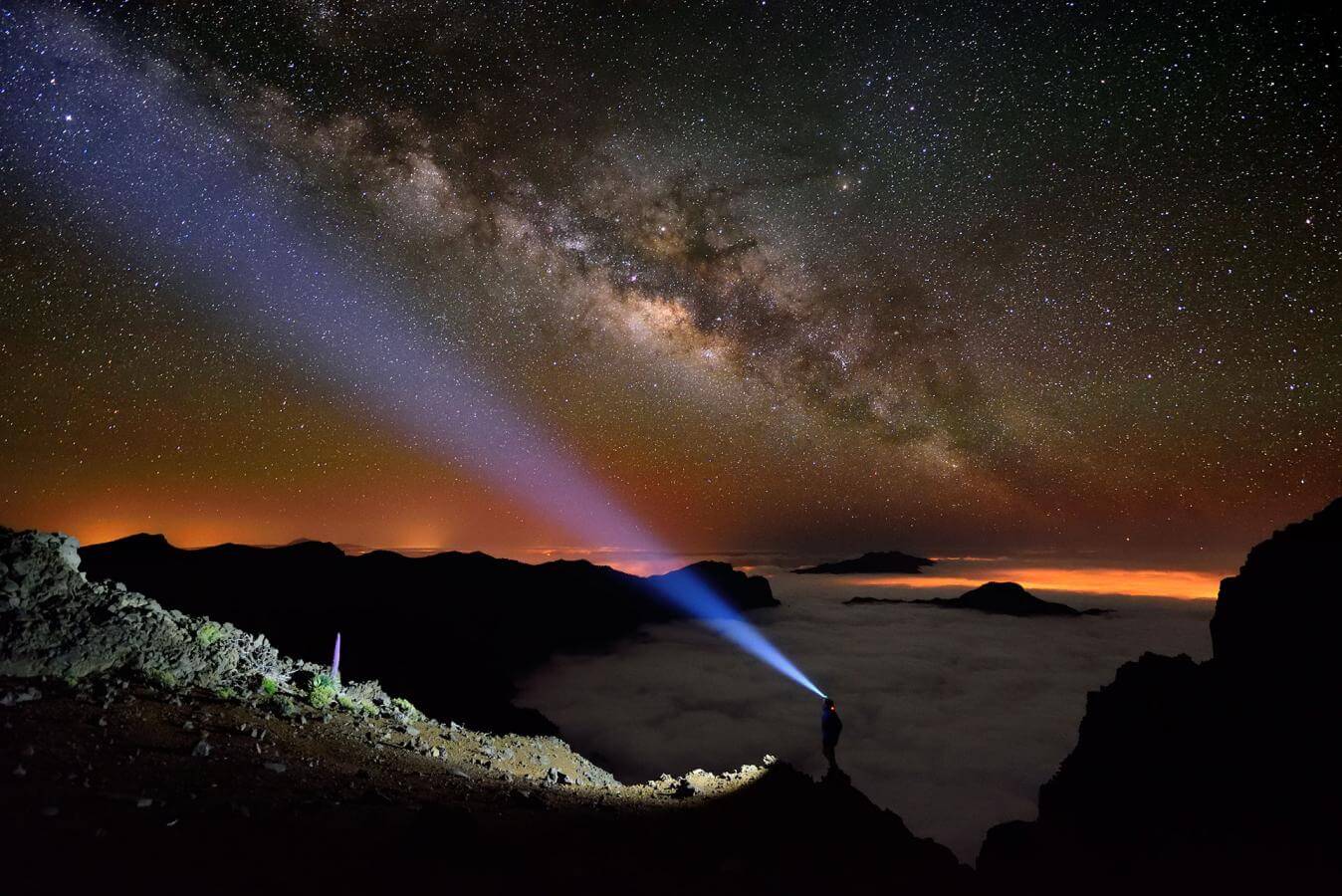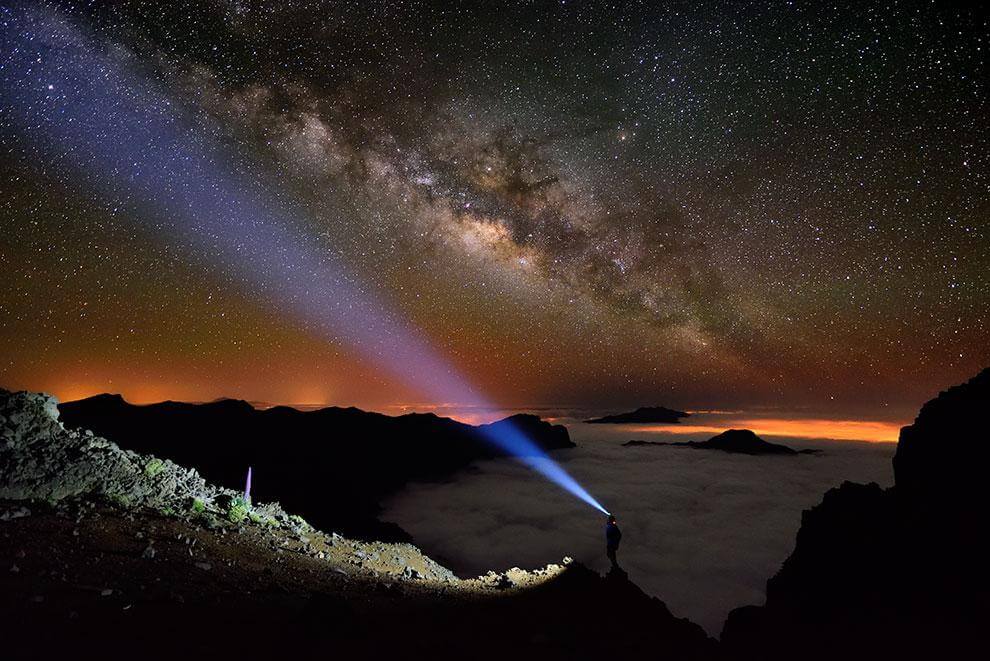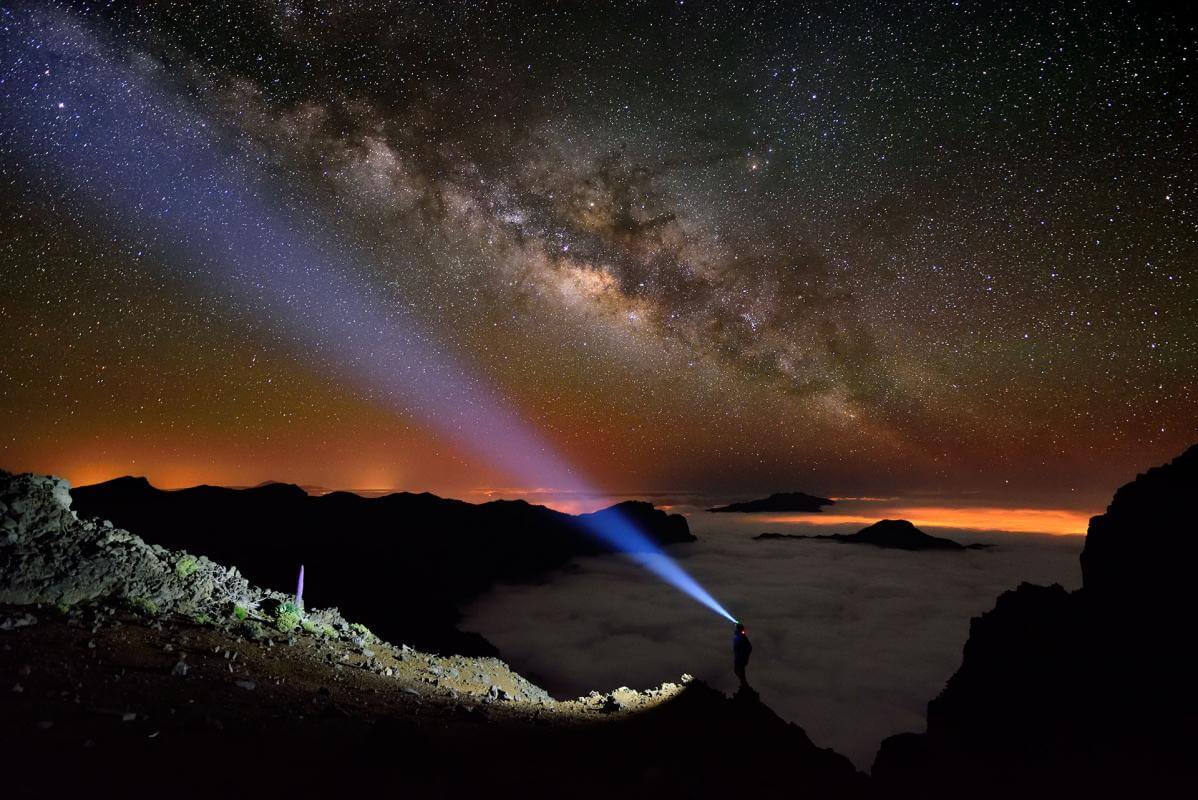Astrotourists travel the world in search of space related experiences, and La Palma is one of the world’s favourite astrotourism destinations thanks to the exceptional quality of its sky. So that visitors and locals can enjoy the best possible experience of the sky, a network of viewpoints have been established on the island. La Palma has been a place of astronomical interest for a long time. In 1985 the Roque de los Muchachos Observatory was established. This science centre, located at 2400 metres above sea level with a clean and stable atmosphere without turbulence, is one of the most important observatories in the world.
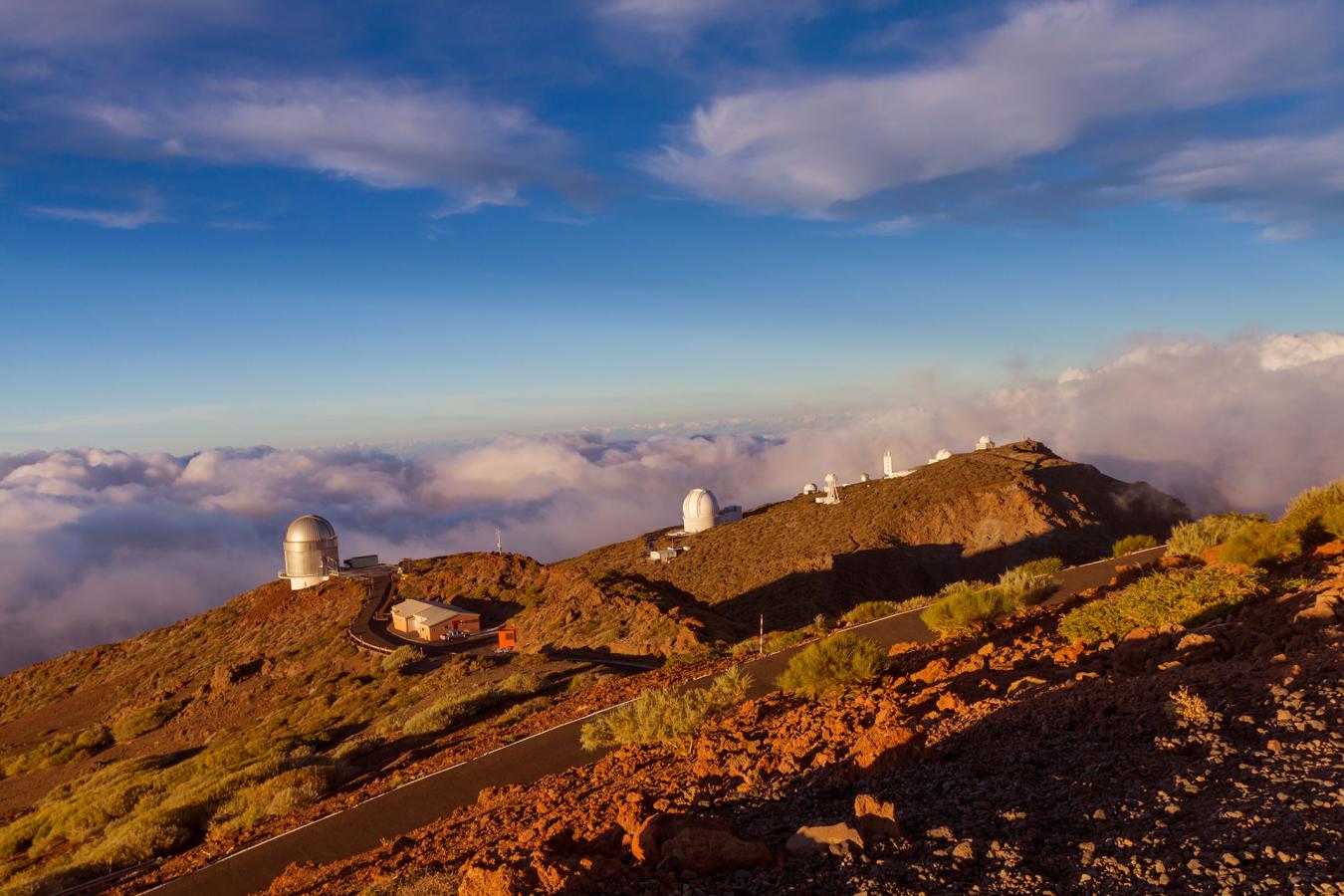
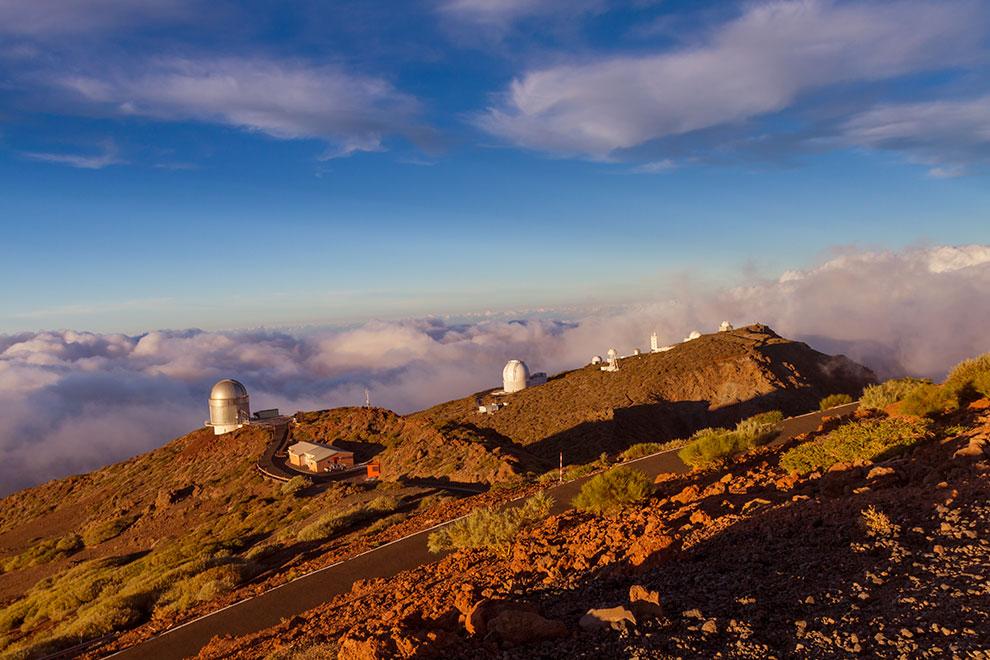
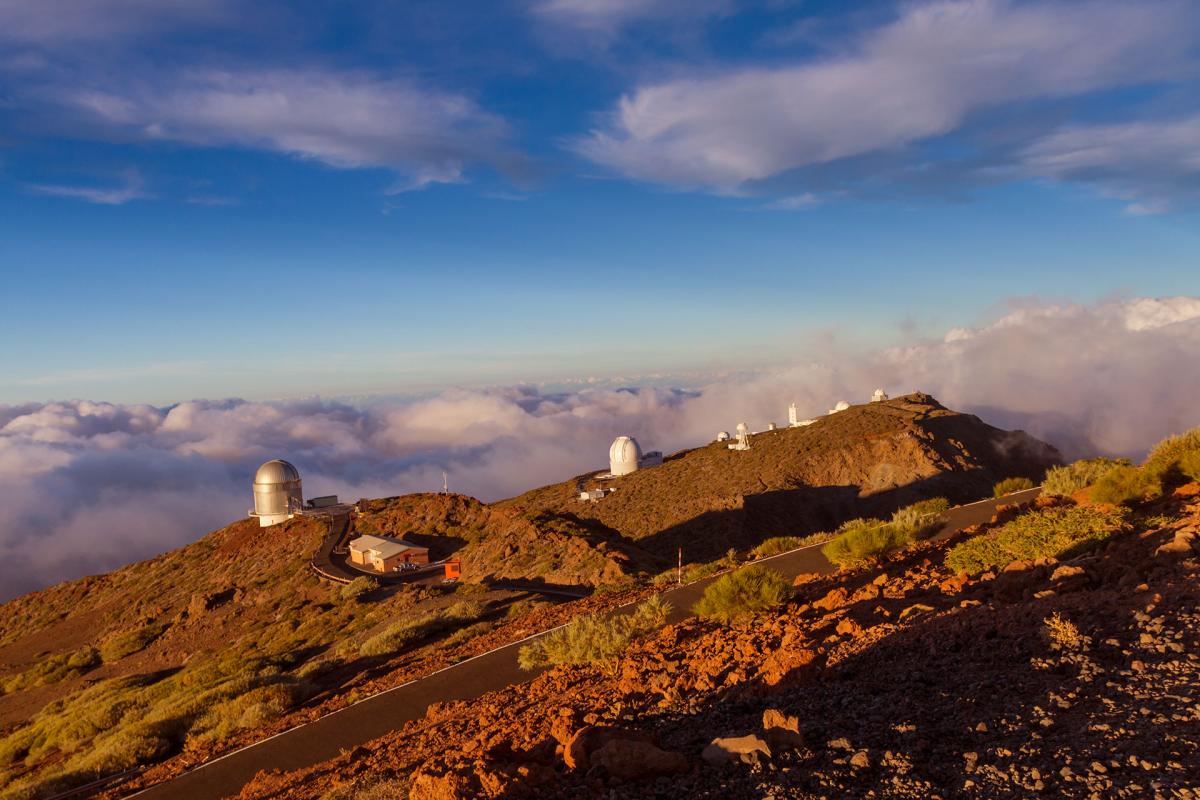
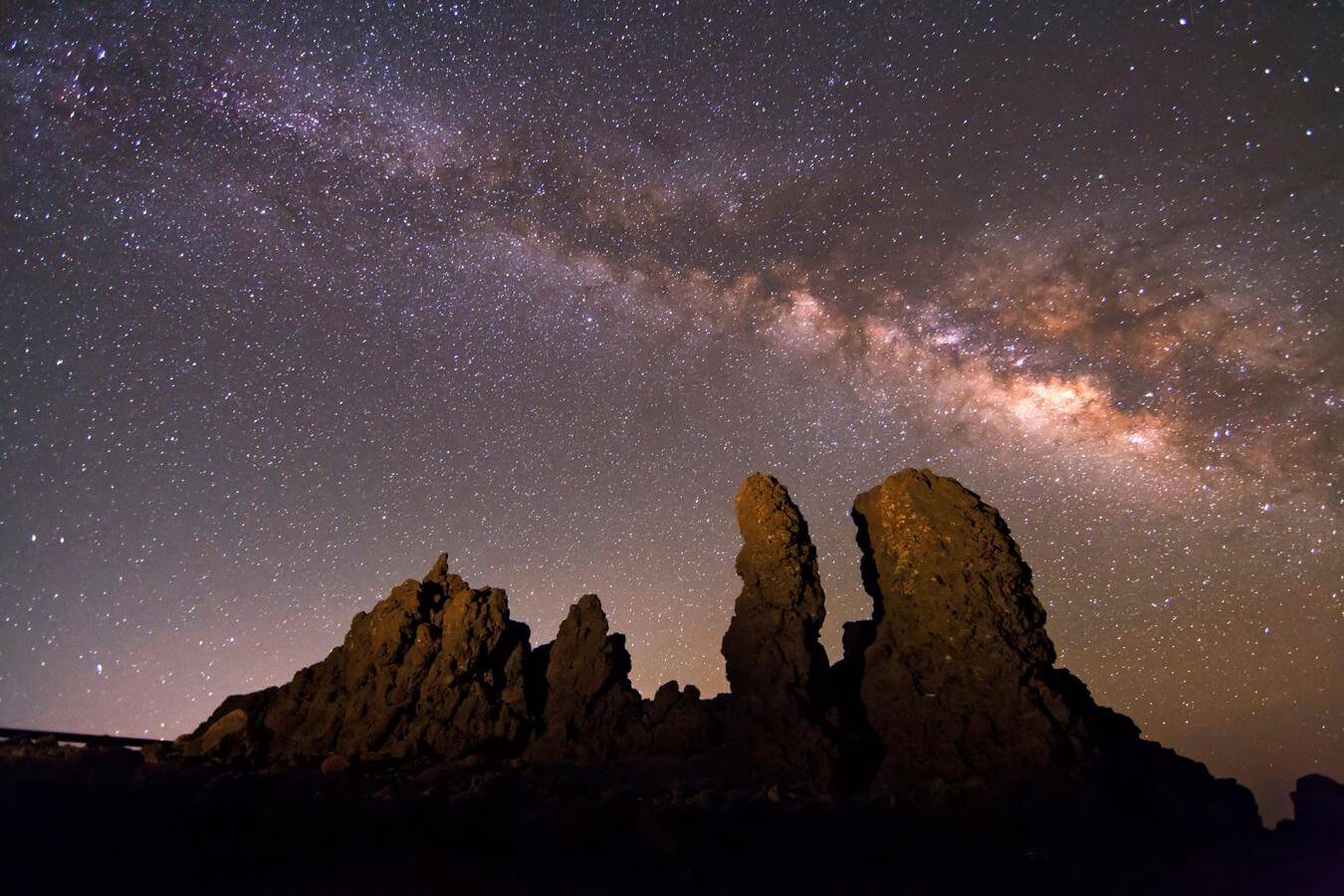
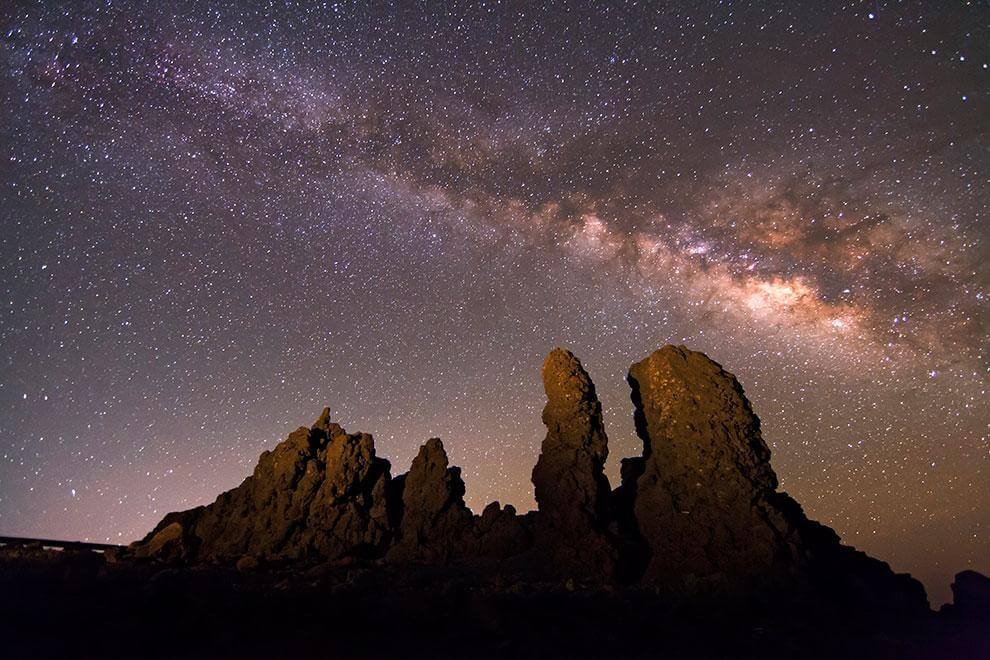
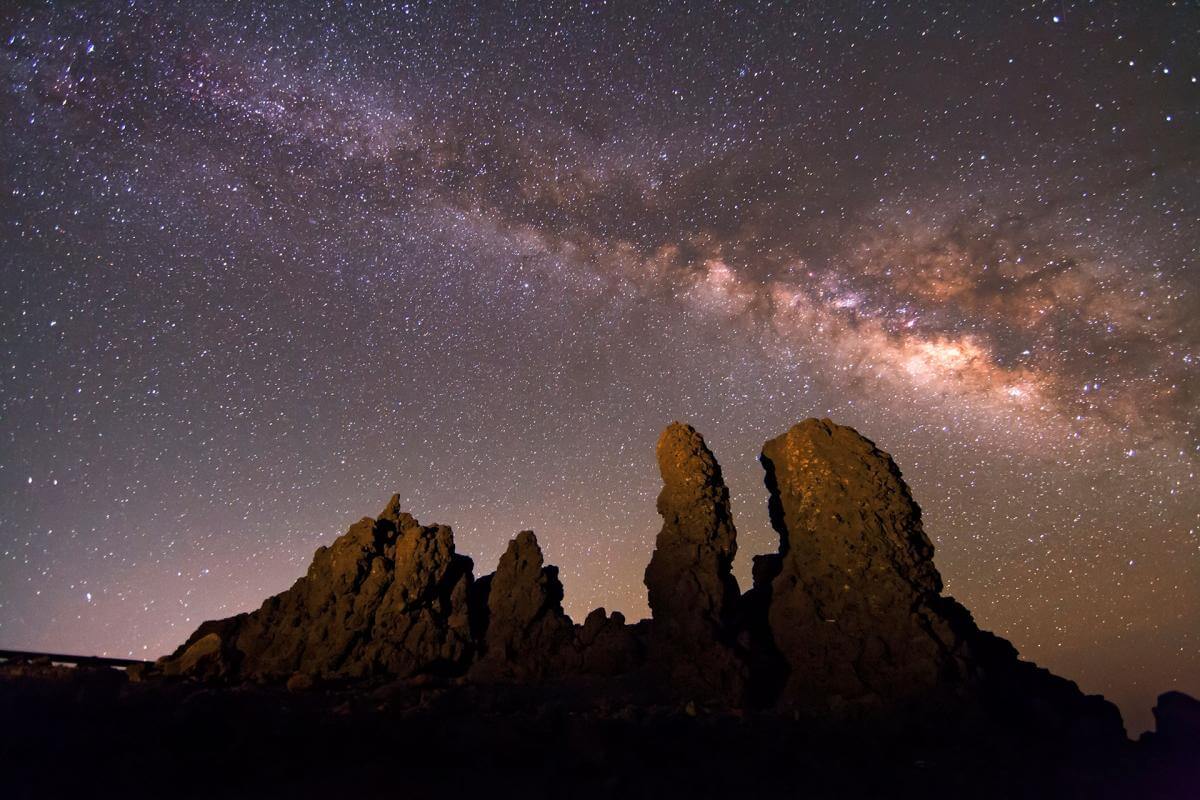
La Palma has a network of strategically placed astronomical viewpoints. Each viewpoint includes informative panels which give visitors the data they need to understand more about the constellations, the planets, the moon, and events such as equinoxes and solstices. What follows is a short guide to the viewpoints that visitors who are interested in seeing more of the astonishing sky above La Palma might enjoy. The text follows a route around La Palma from north to south in a clockwise direction:
Mirador del Molino (Barlovento)
The name Mirador del Molino, or, in English, the Windmill Viewpoint, relates to the fact that there used to be a windmill near the site of the vantage point. Mirador del Molino is located 600 metres above sea level and has very little light pollution. The information panel at the vantage point explains that visitors can enjoy views of Polaris which is the brightest star in Ursa Minor. This star has had a longstanding role in helping sailors navigate.
Mirador del Salto del Enamorado (Puntallana)
The Salto del Enamorado Viewpoint is located at 439 metres above sea level on the mountain of San Bartolo. Its unique feature is a sculpture of the Salto del Enamorado who is a tragic romantic figure in the mythology of La Palma. From the viewpoint, during the first hours of night in June and July, views can be witnessed of Vega, one of the blue-tinged white main sequence stars.
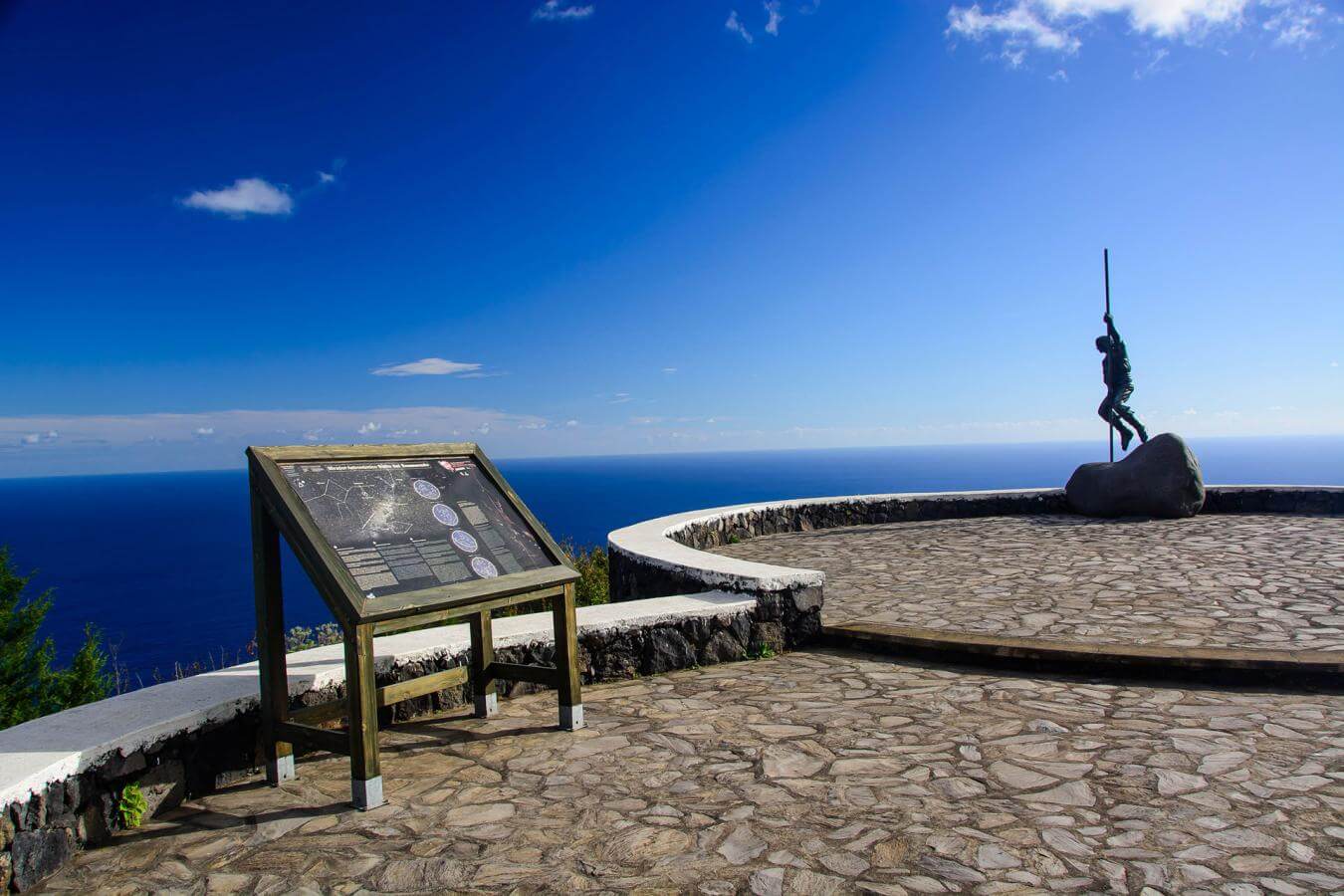
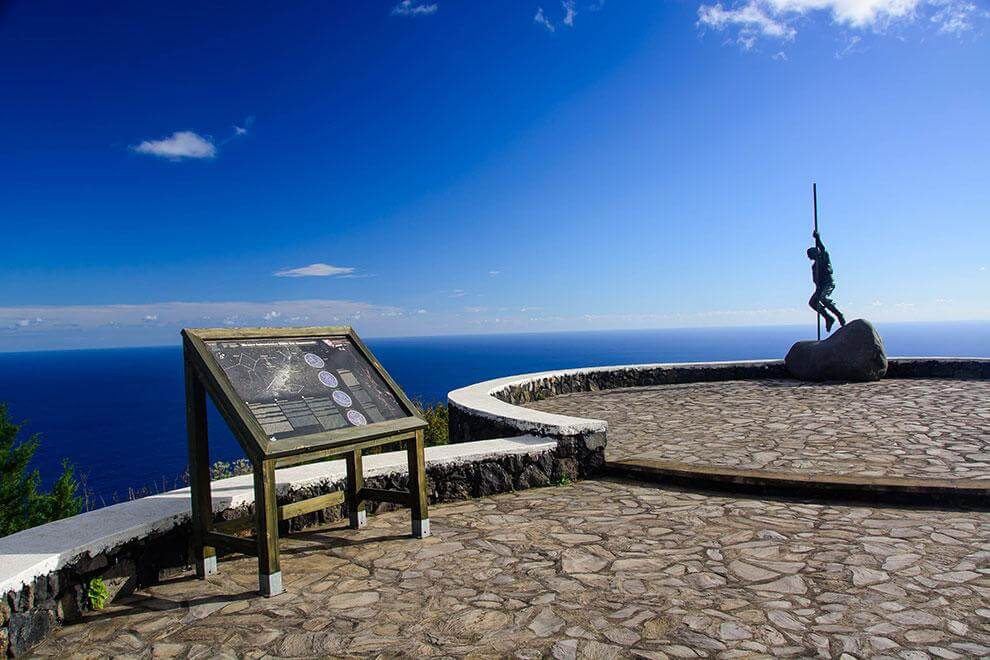
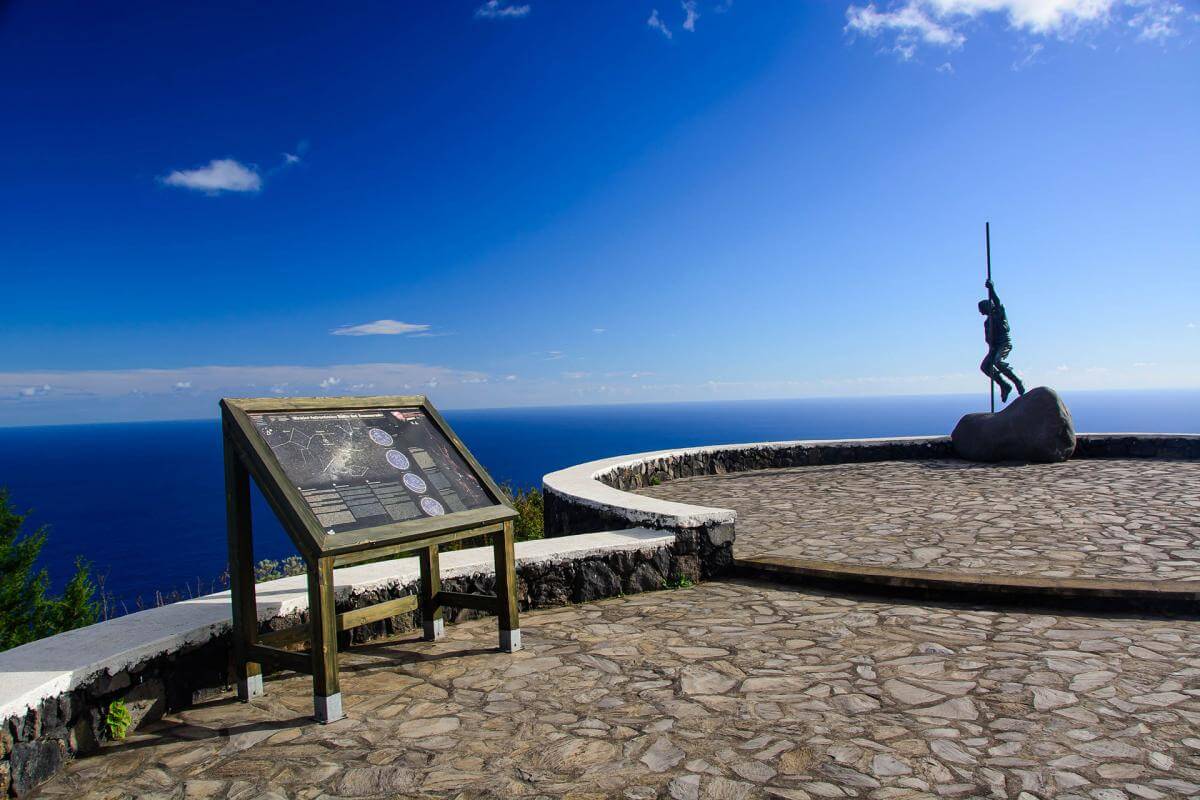
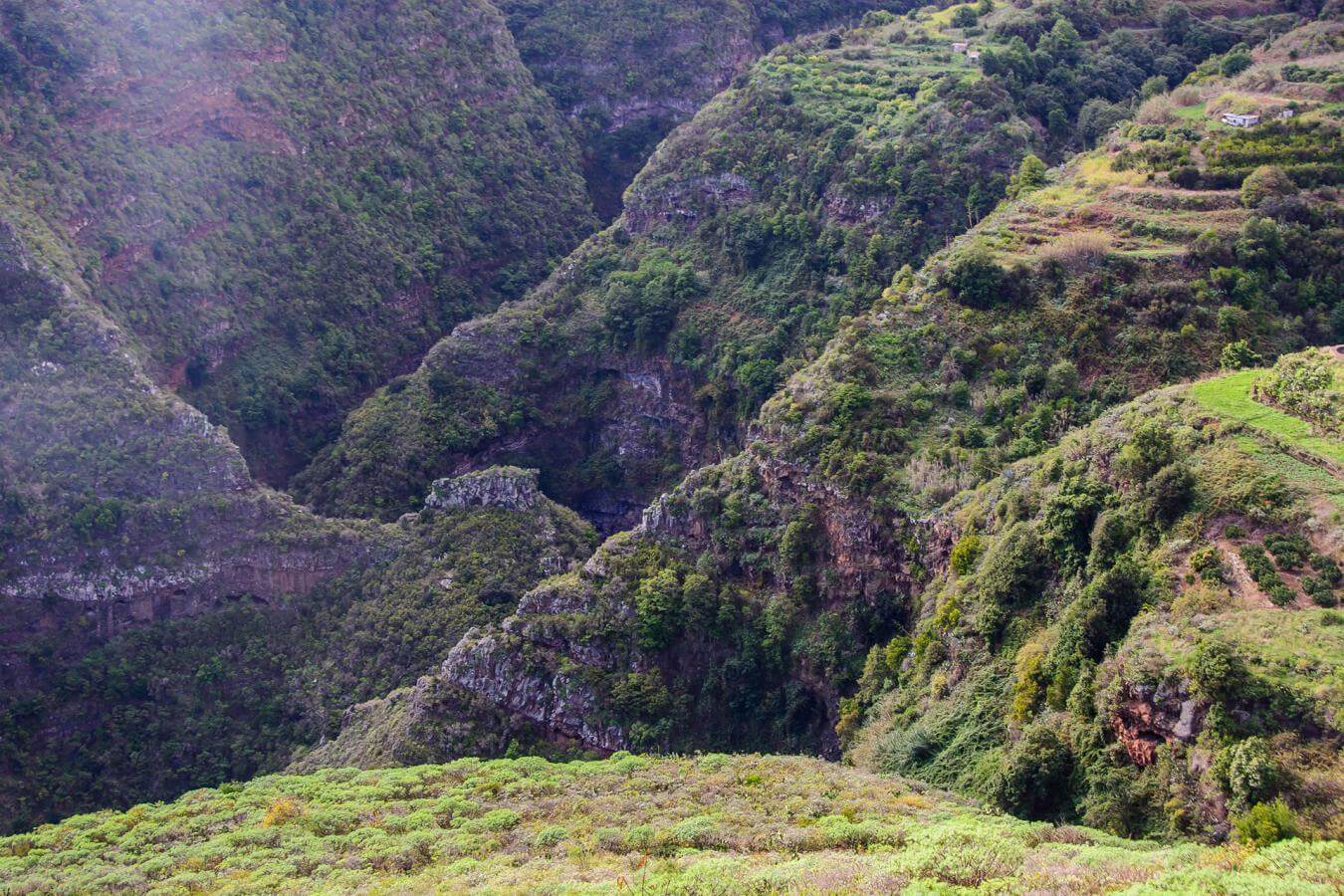
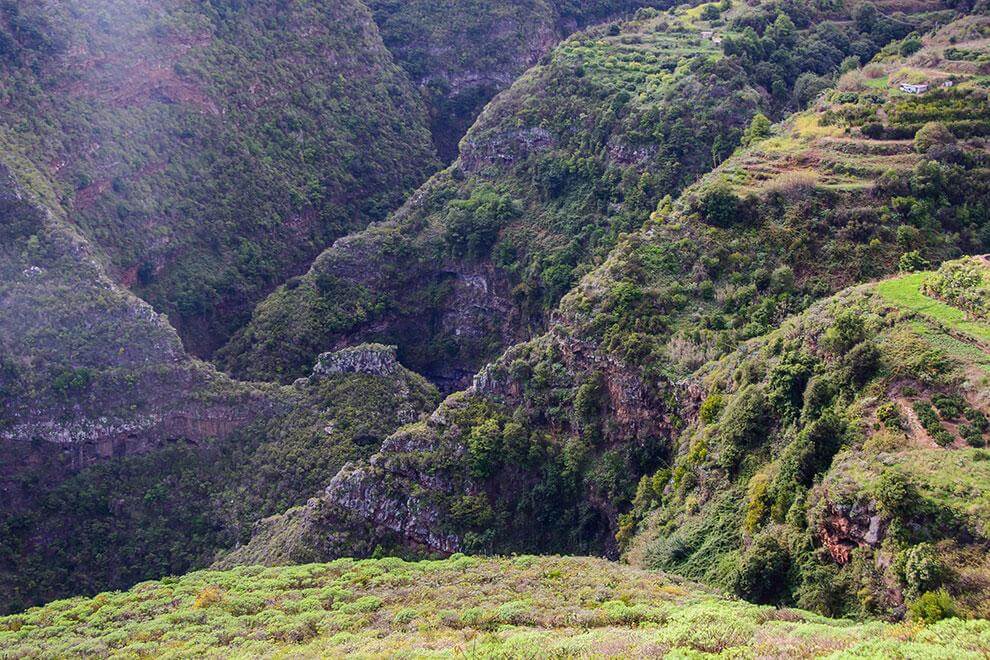
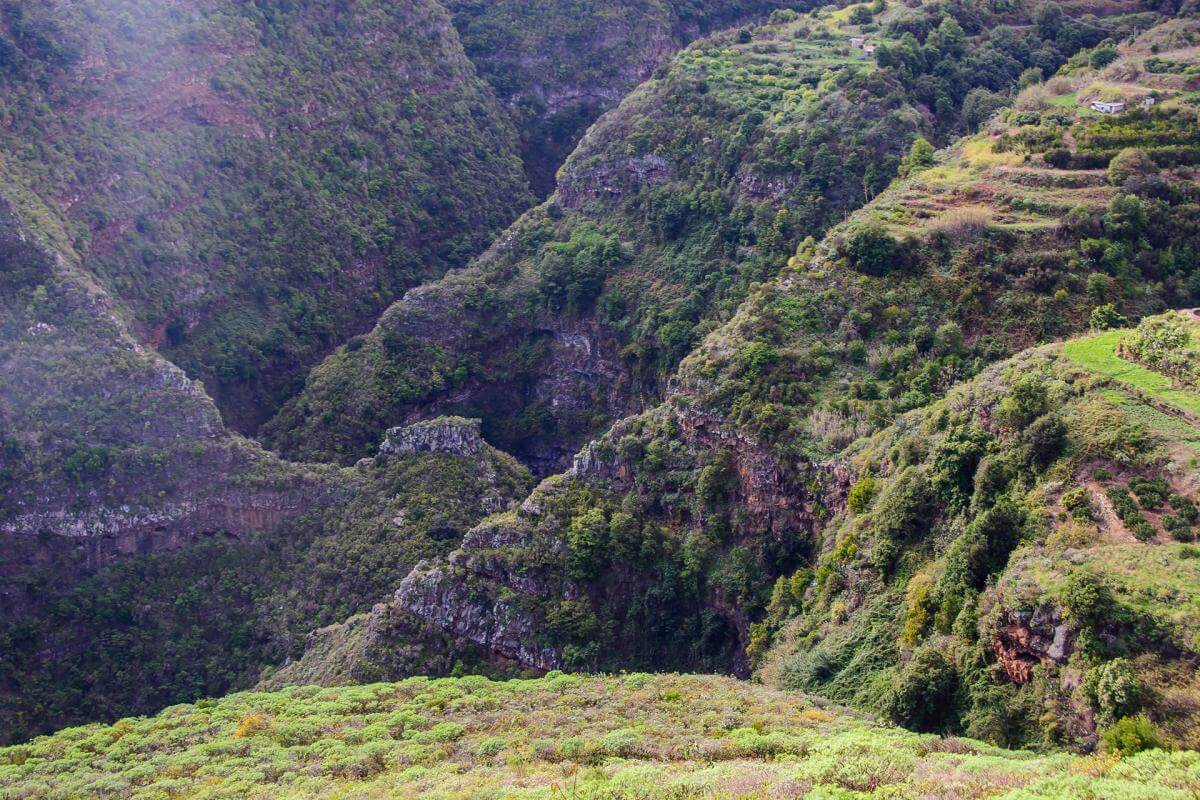
Mirador del Barranco del Carmen (Santa Cruz de La Palma)
The Barranco del Carmen Viewpoint is located in the capital of La Palma. It has spectacular views of the east and south skies. A key sight from this vantage point is Canopus, the second brightest star in the night sky. The prominence of Canopus has meant that it has featured in many ancient tales. Indeed, the name Canopus is said to originate from a Greek mythological figure who was a navigator.
Mirador del Parque de Los Álamos (Breña Alta)
The Parque de Los Álamos Viewpoint forms part of a zone of historical interest in the Breña Alta municipality. Every Saturday there is a farmer’s market on the site which also contains a play area for children.
Mirador de la Montaña Las Toscas (Mazo)
The Montaña Las Toscas Viewpoint is located at 736 meters above sea level in the municipality of Mazo. The information panel installed in the vantage point discusses the link between wine and the constellations and informs visitors about the incredible nocturnal animals found in the area such as free-tailed bats, low-eared owls, and crickets.
Mirador del Volcán de San Antonio (Fuencaliente)
During the day the San Antonio Volcano Viewpoint offers spectacular views of both the crater and the slopes of the volcano. During the night the vantage point also offers a spectacular window on to the night sky. The viewpoint contains equipment to calibrate the setting of the sun and the changing of seasons.
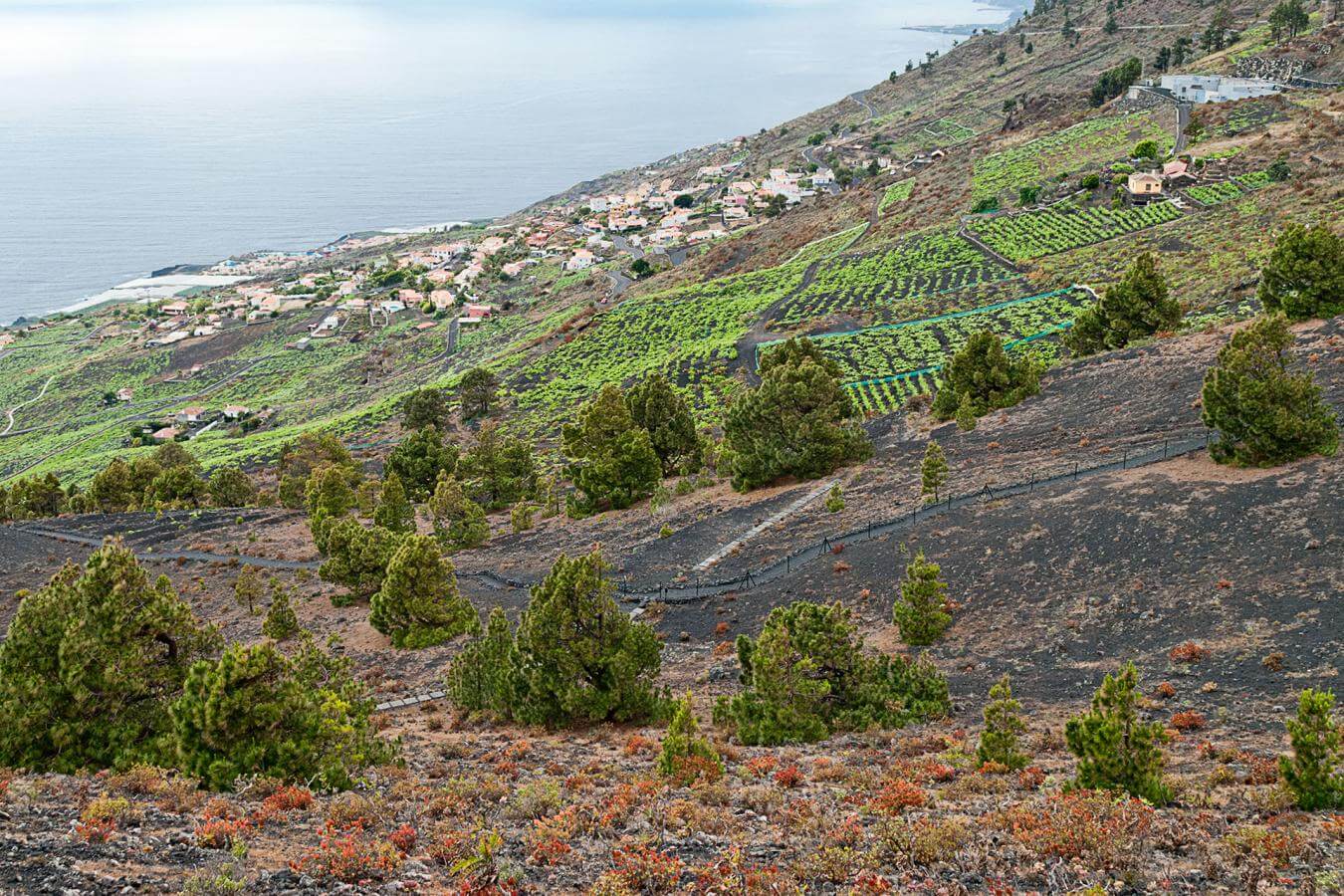
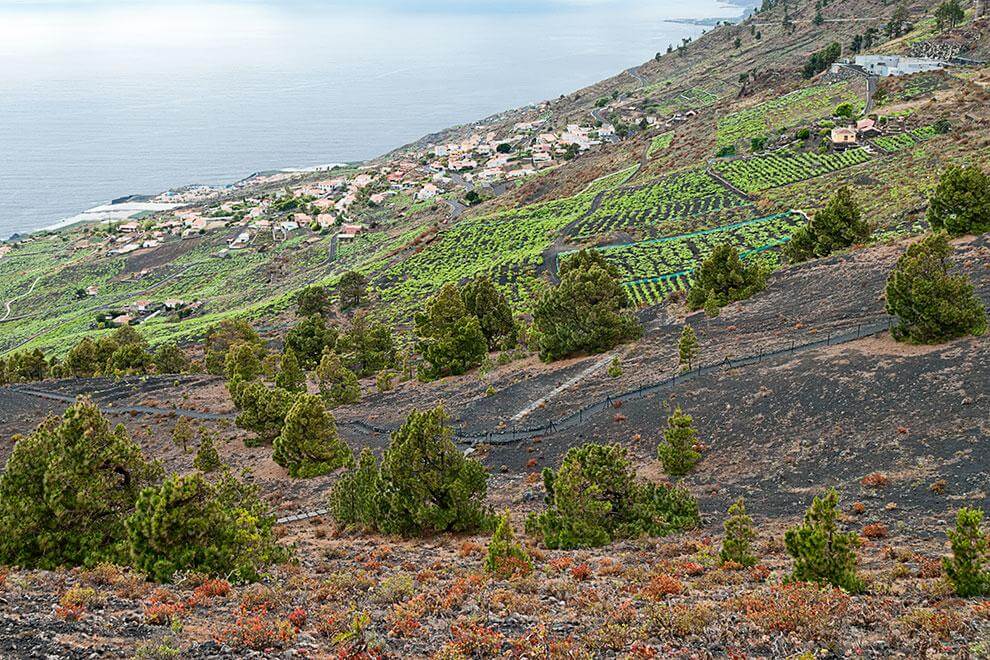
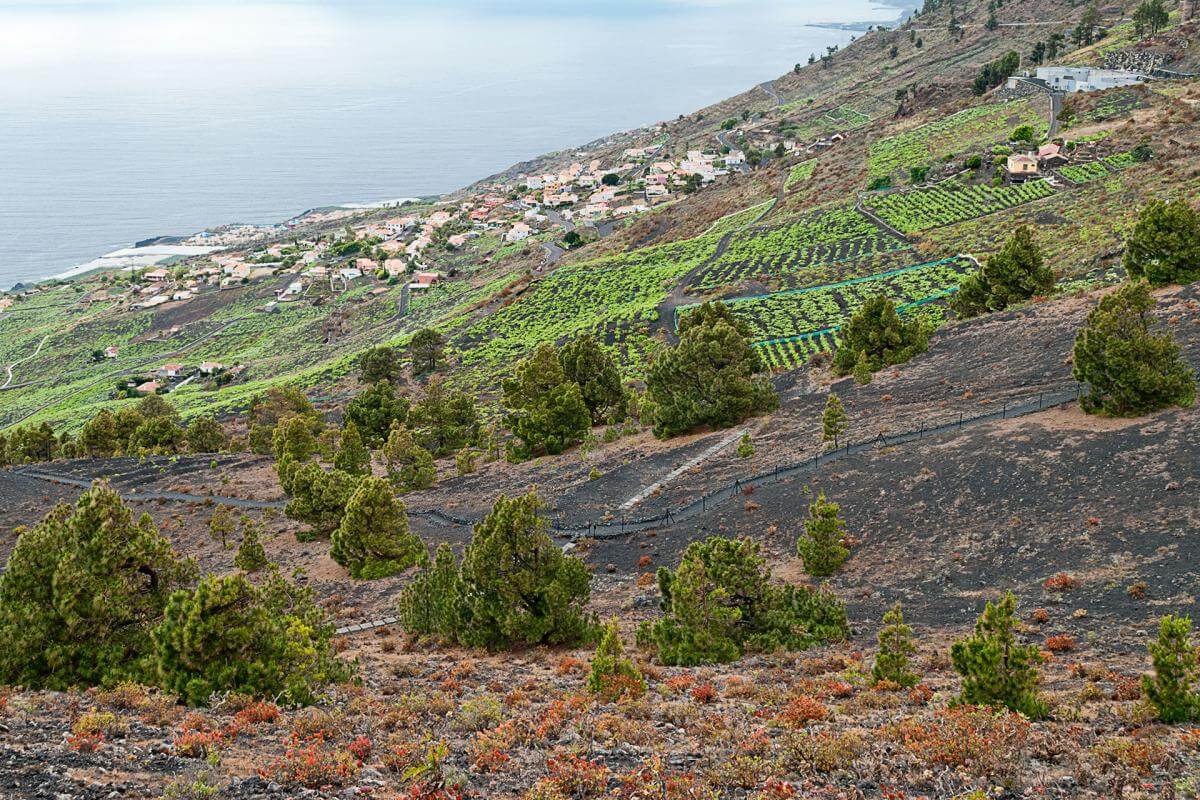
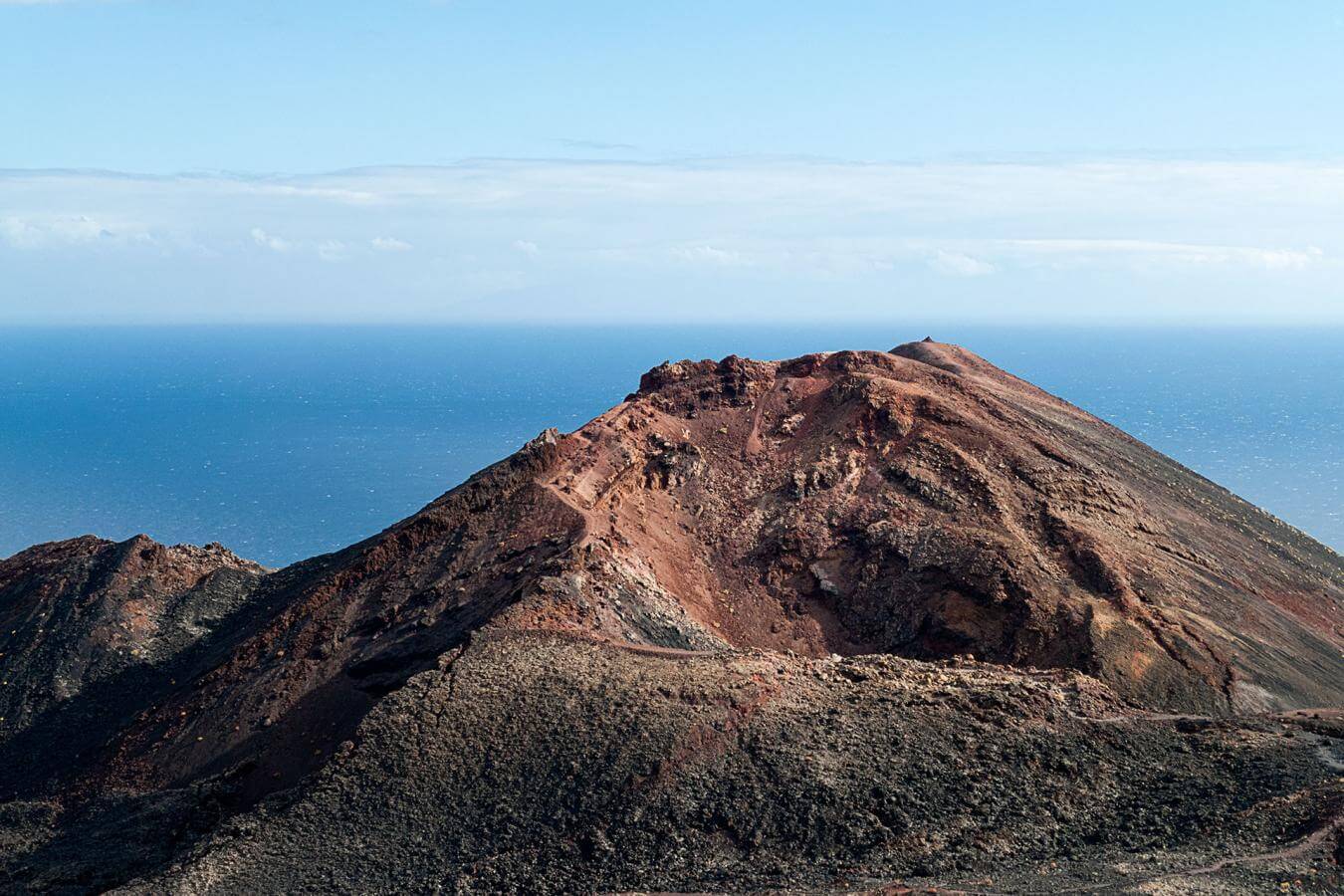
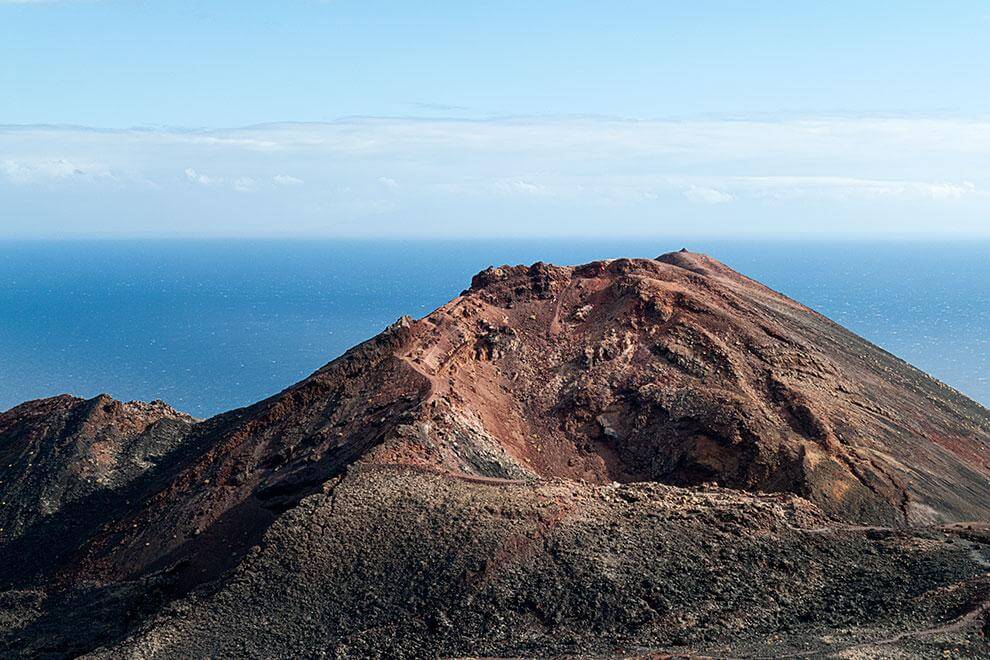
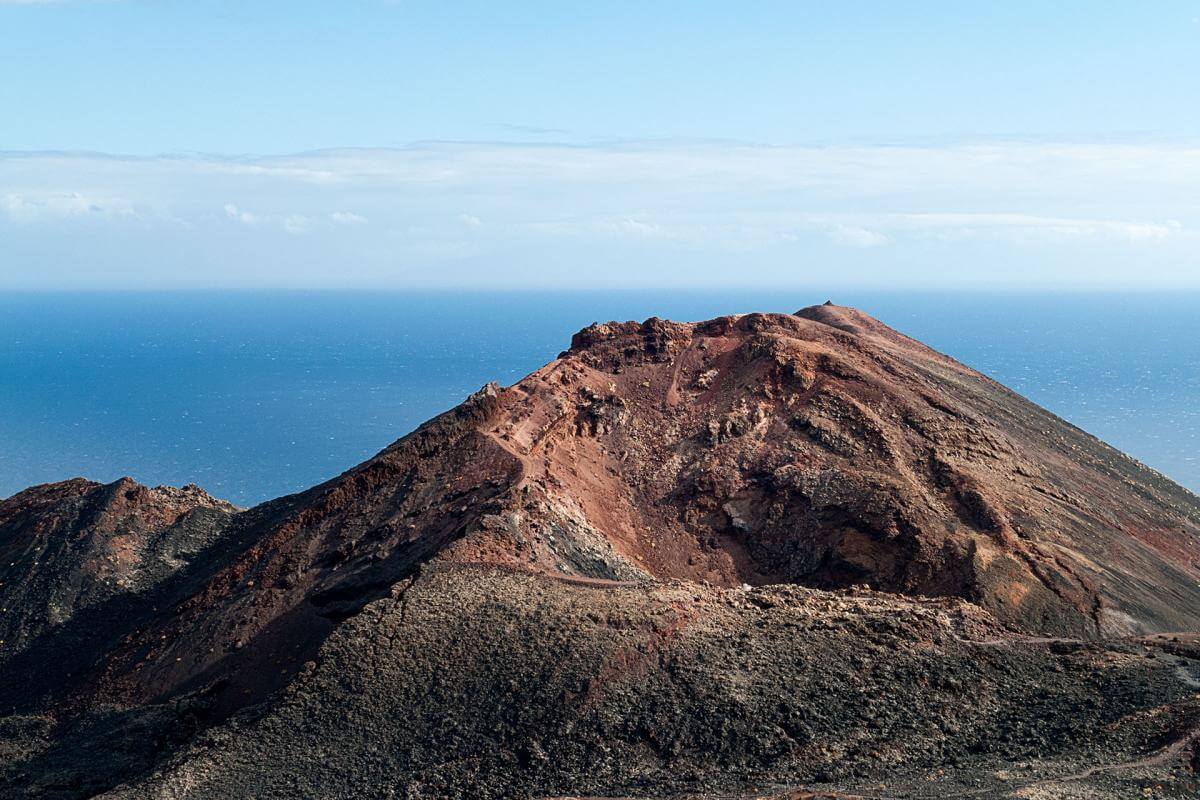
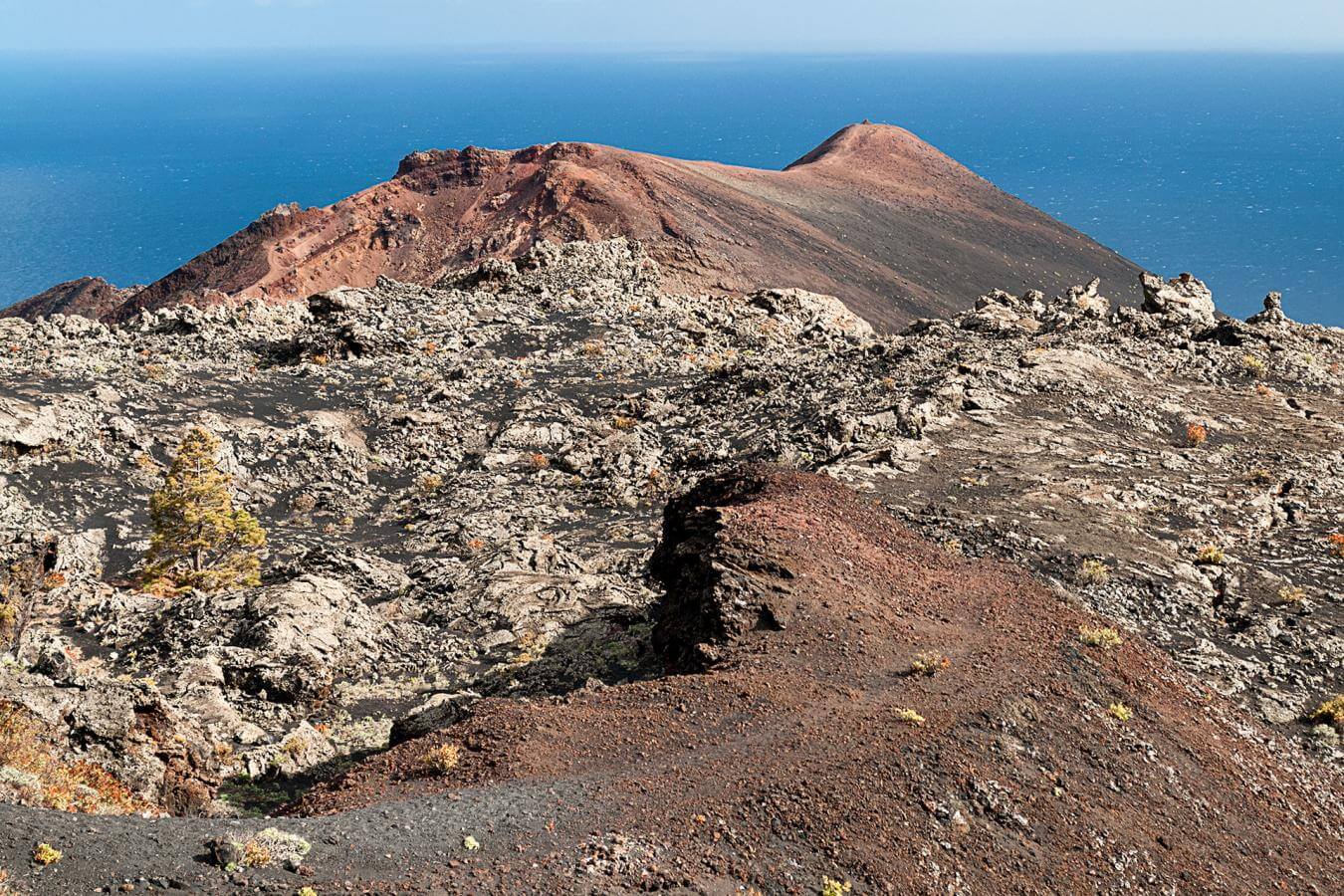
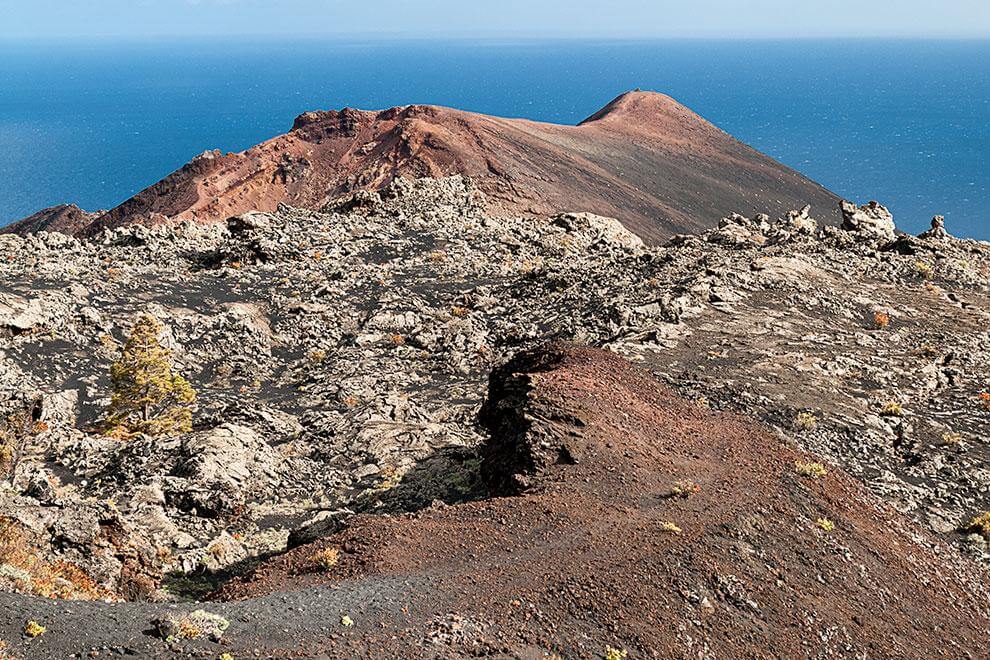
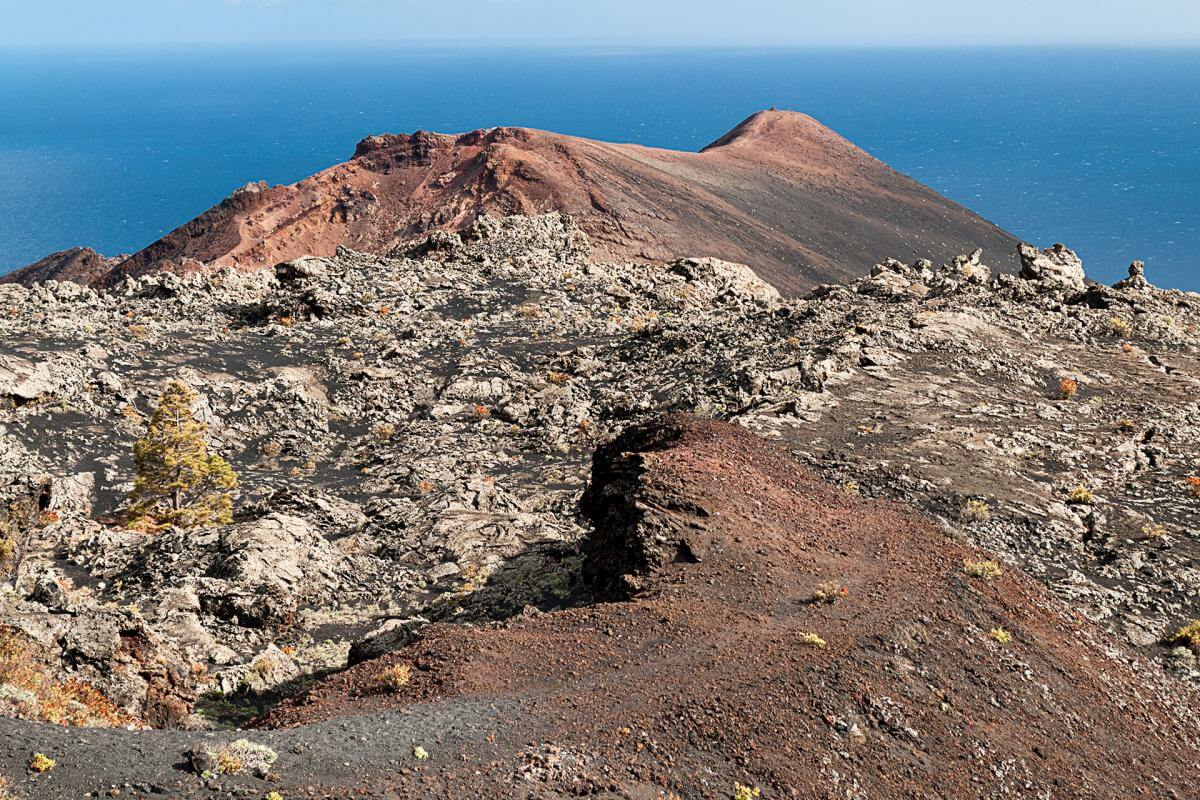
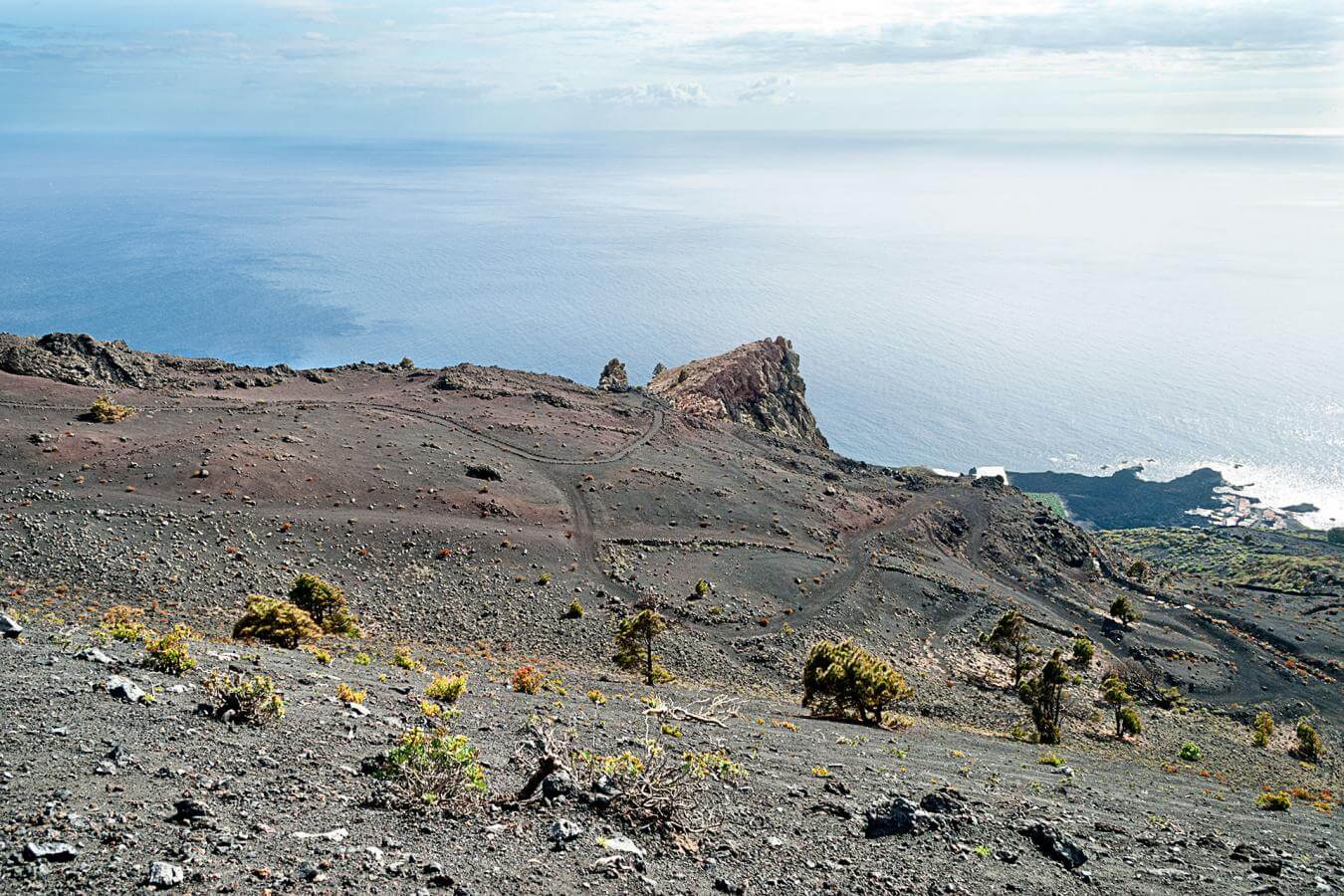
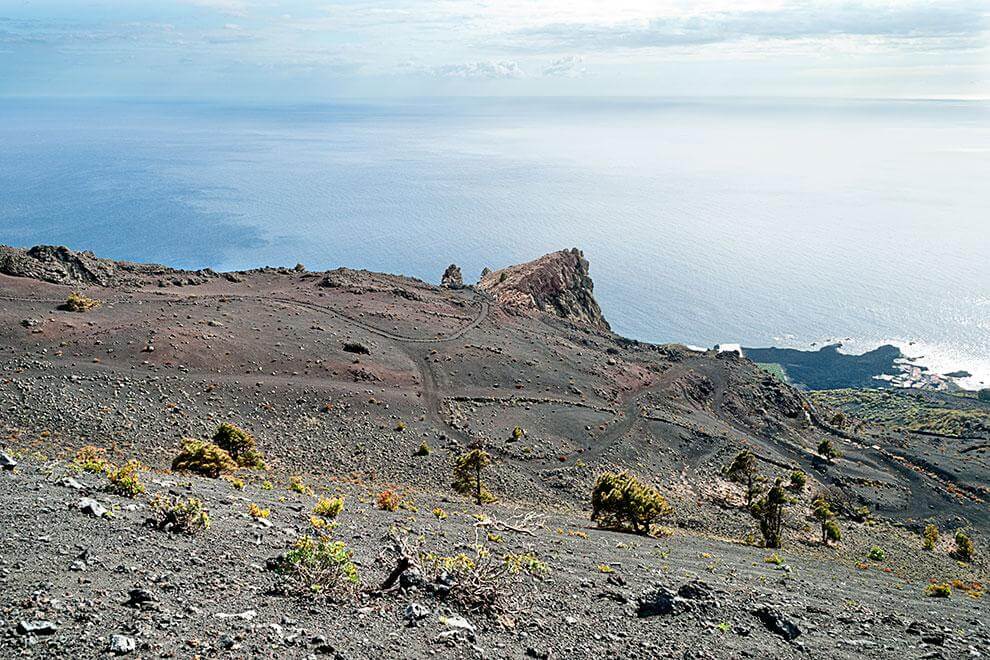
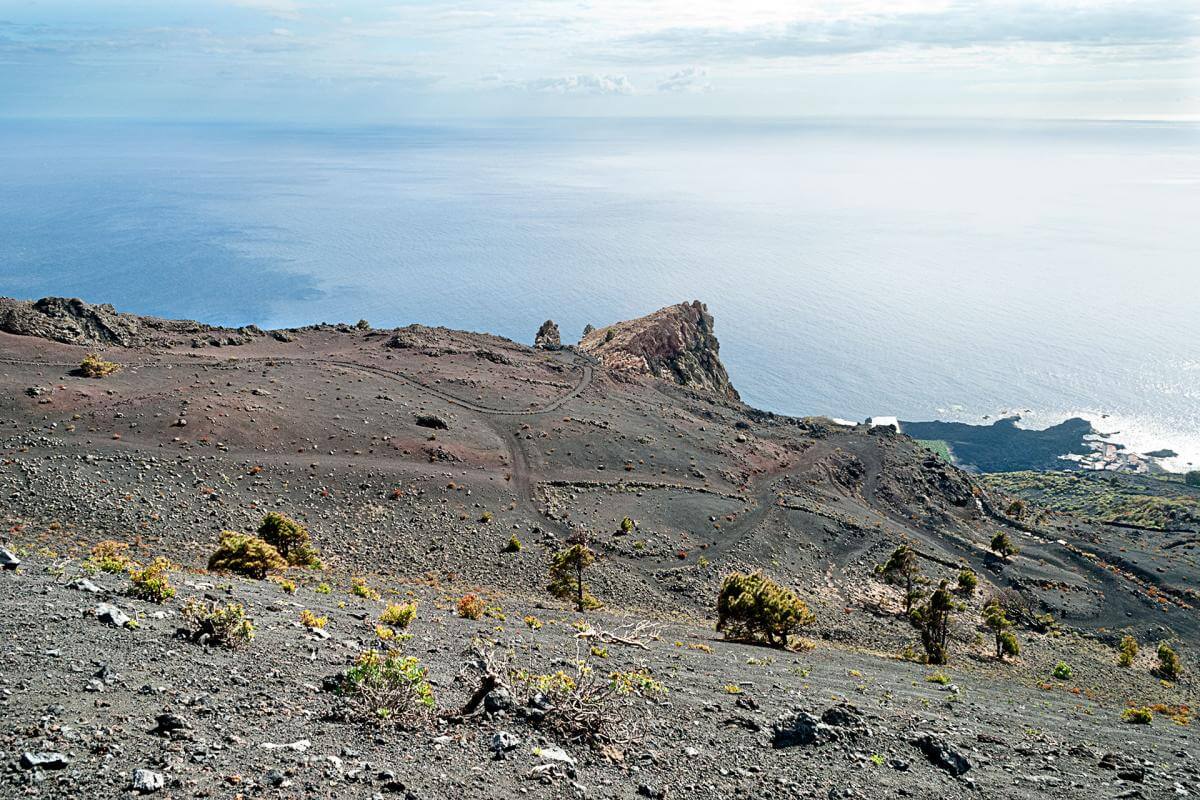
Mirador de Puerto Naos (Los Llanos de Aridane)
The Puerto Naos Viewpoint in Los Llanos de Aridane is located in an urban area. The information panel gives information on the solar system such as the size and distance between the planets. The panel also allows visitors to compare the sun with other stars in the night sky.
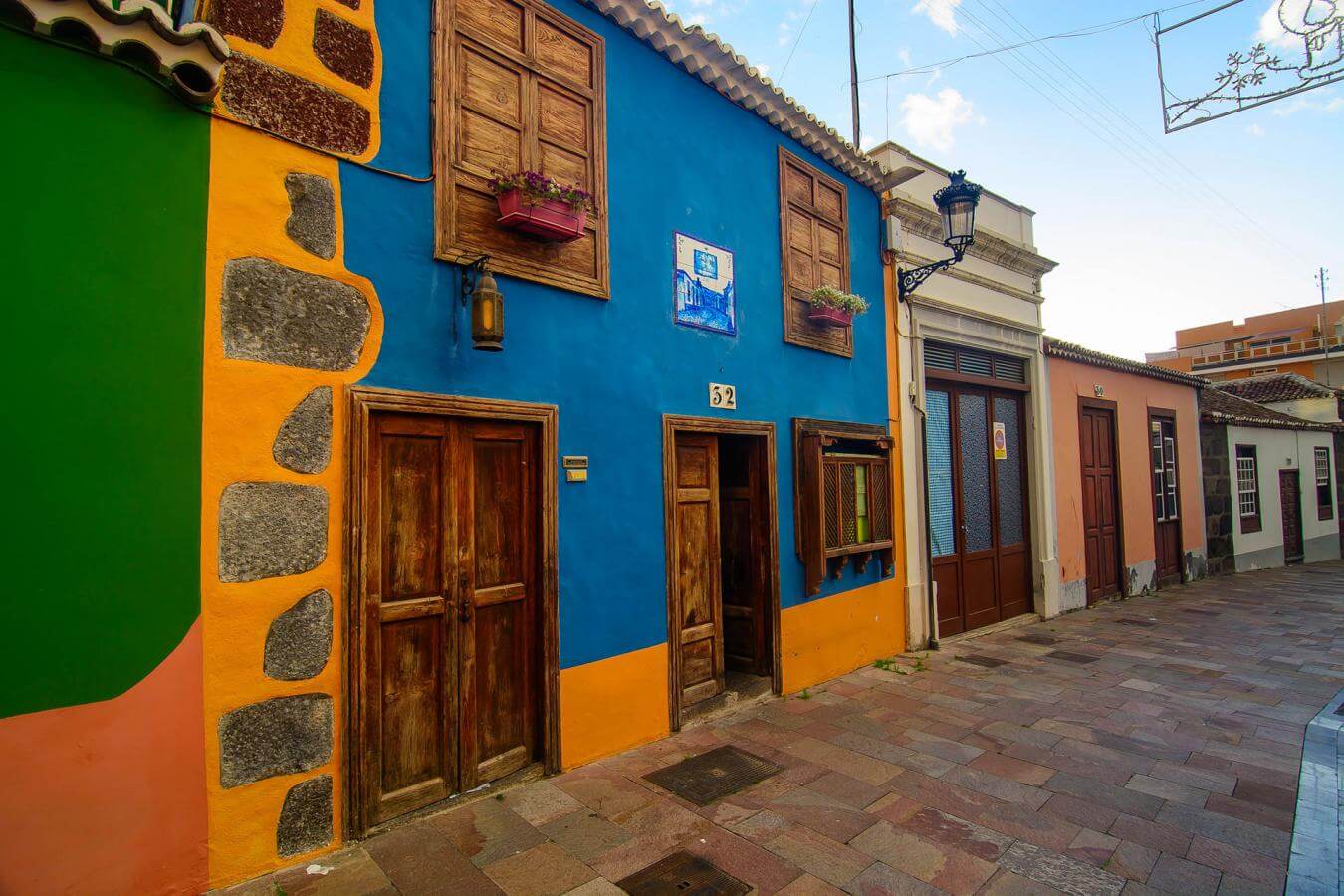
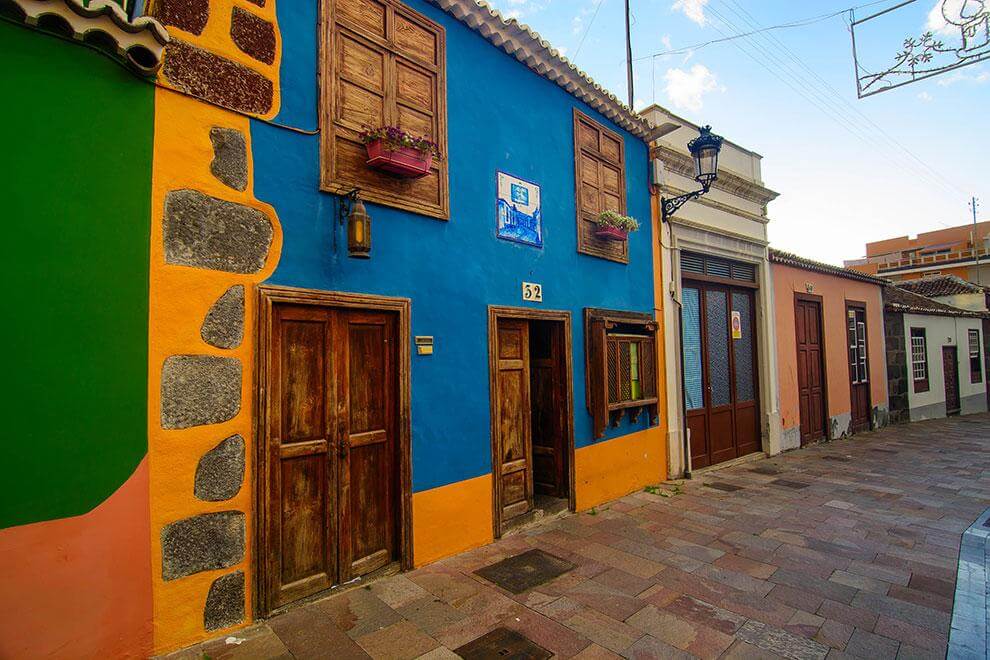
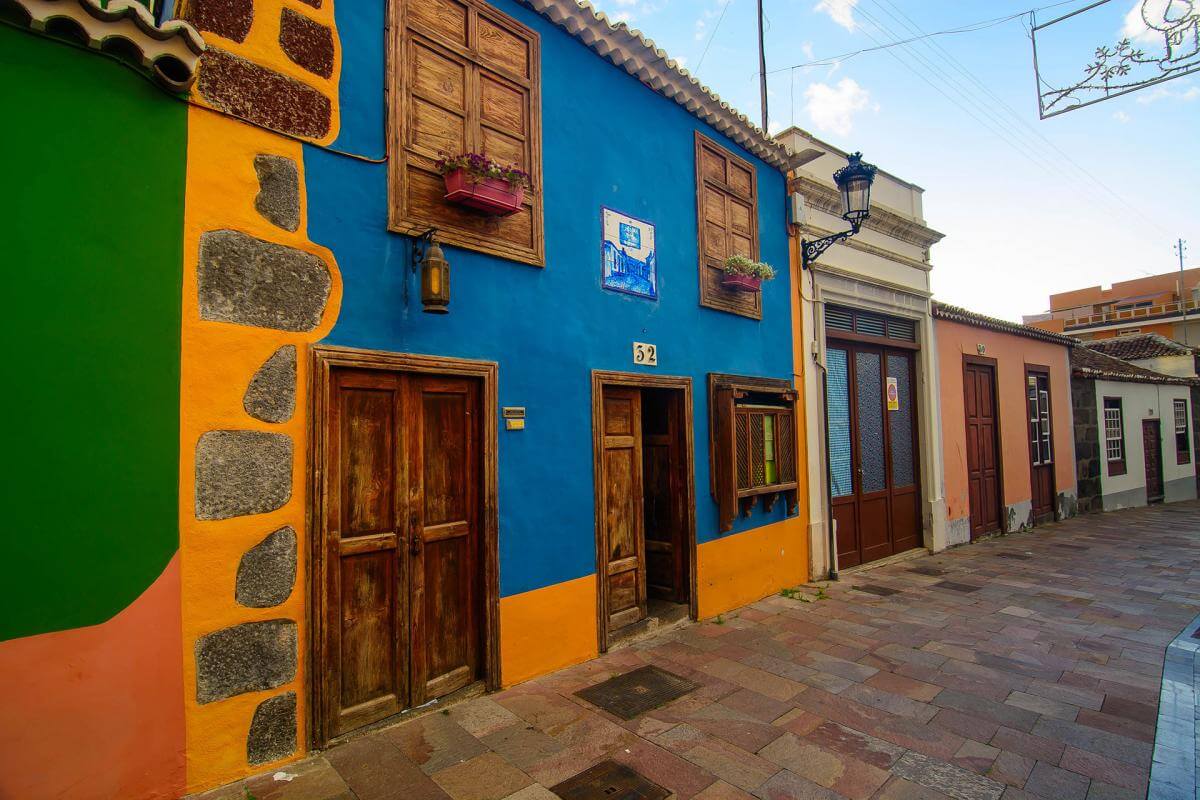
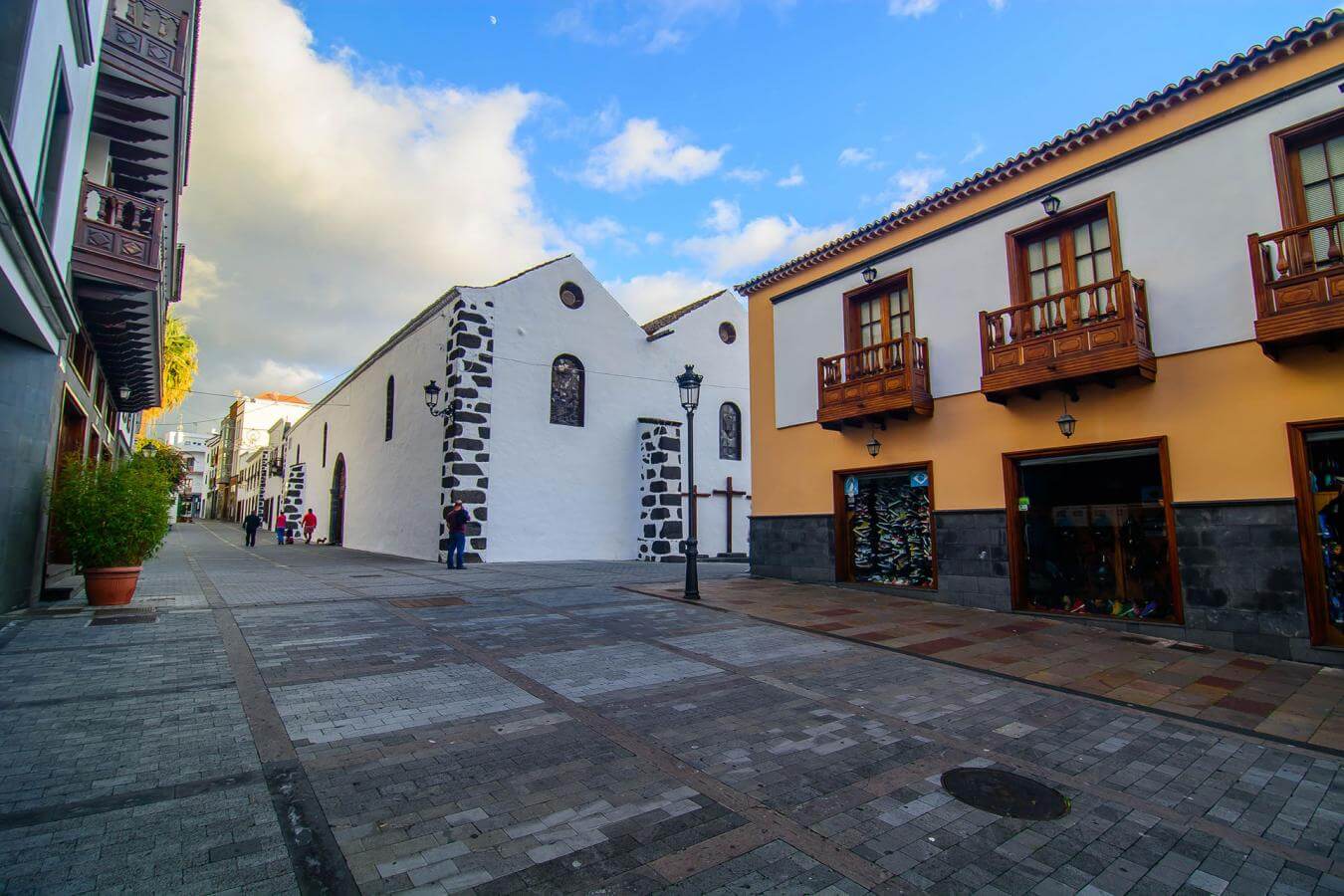
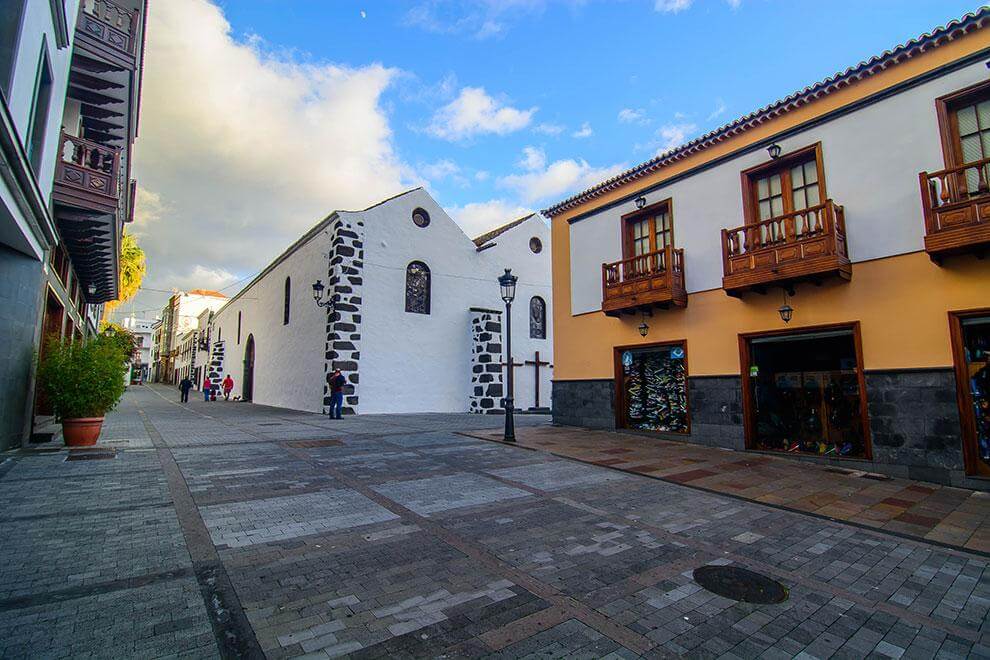
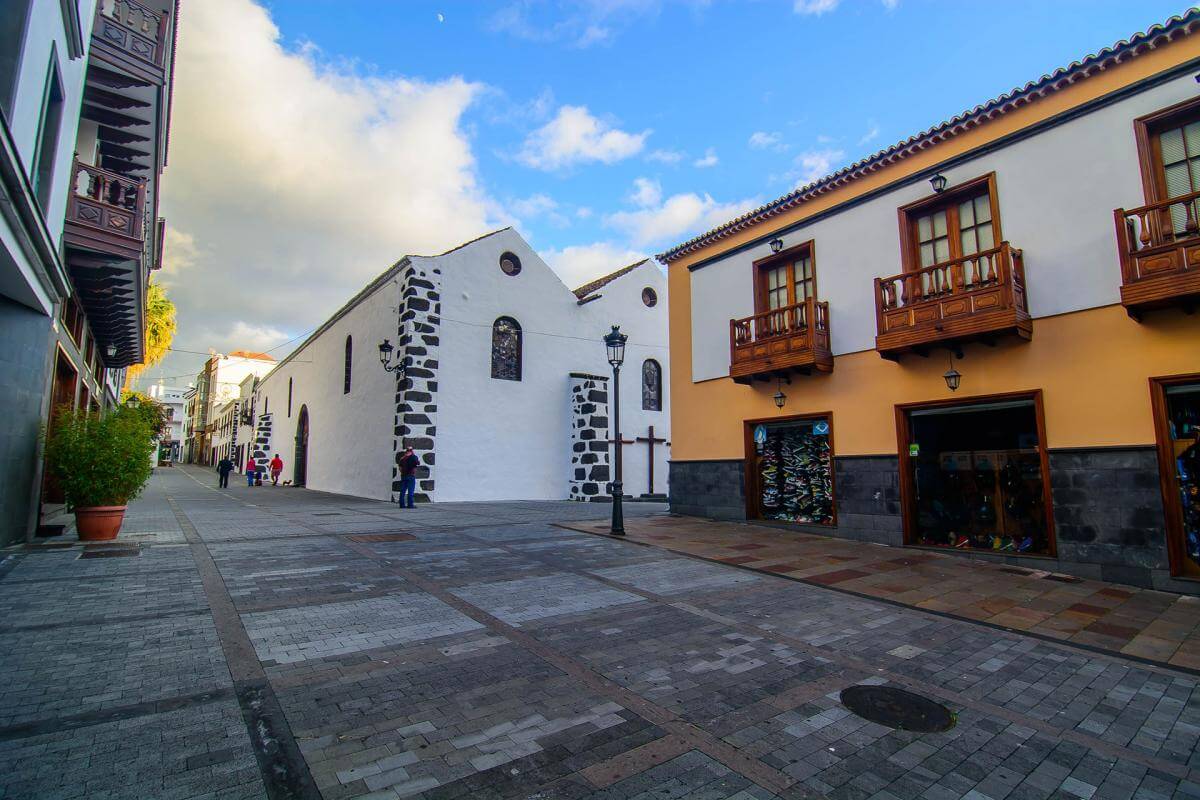
Mirador de San Borondón (Tazacorte)
The San Borondón Viewpoint, on the coast of Tazacorte, is located on an ocean terrace which offers spectacular dusk skies and sunsets. From this spot in mid-autumn during the first hours of the night, Solaris can be observed as well as the constellations of Cassiopeia and Cepheus. As well, if there is no moon and the night is dark enough, visitors can observe a luminous band of the Milky Way which includes the constellation of Cygnus as well as the Northern Cross asterism.
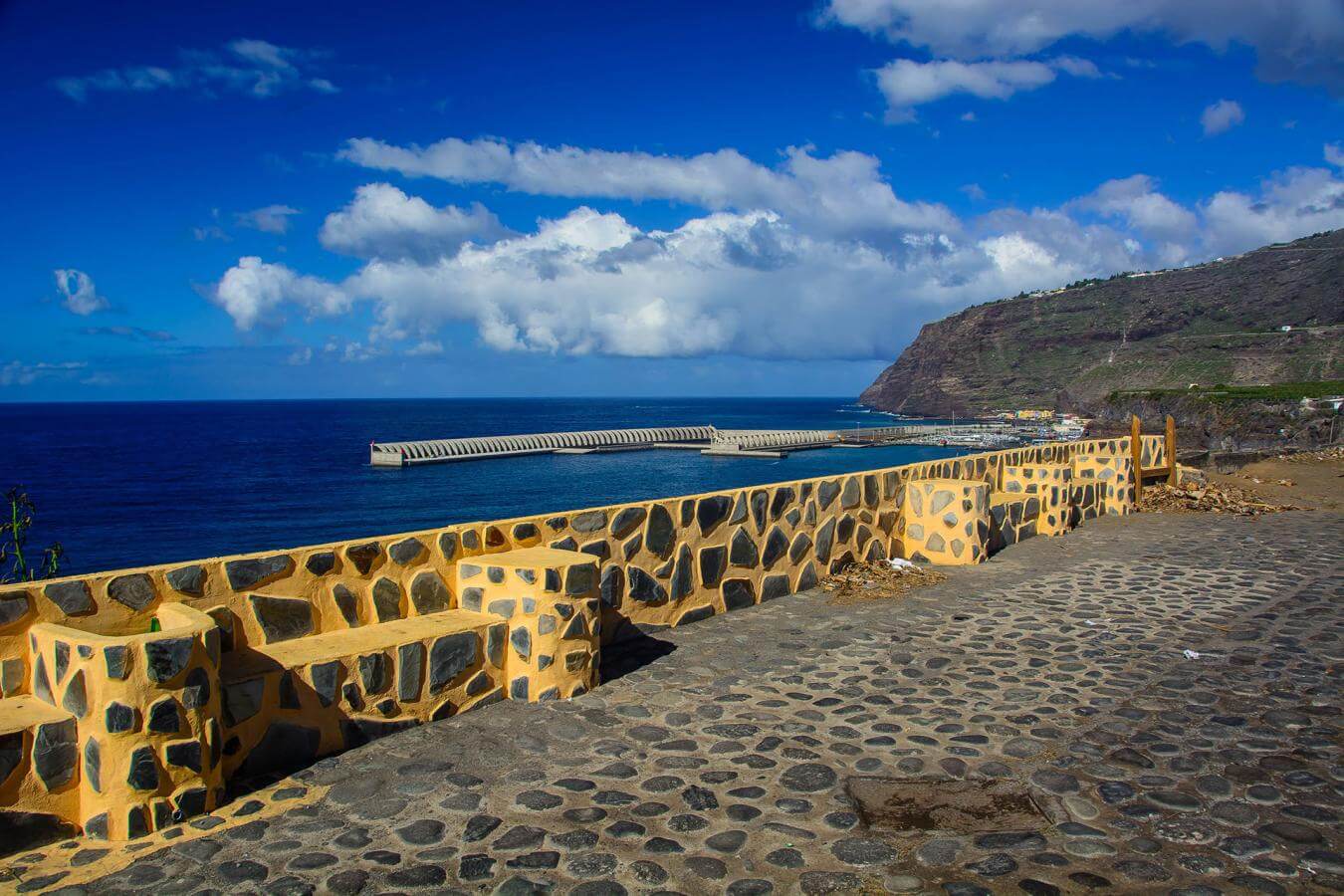
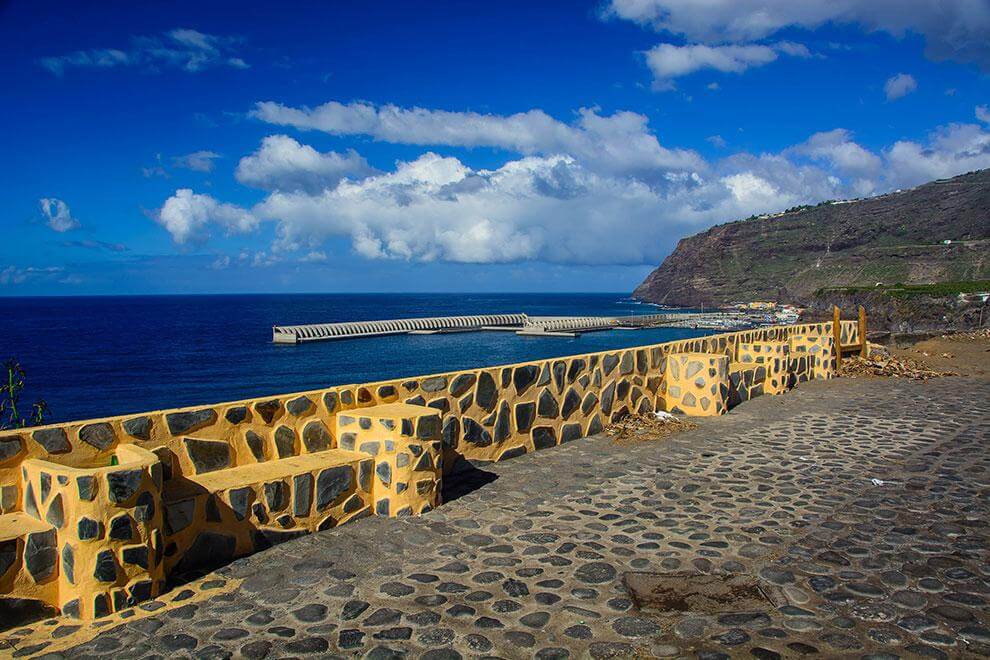
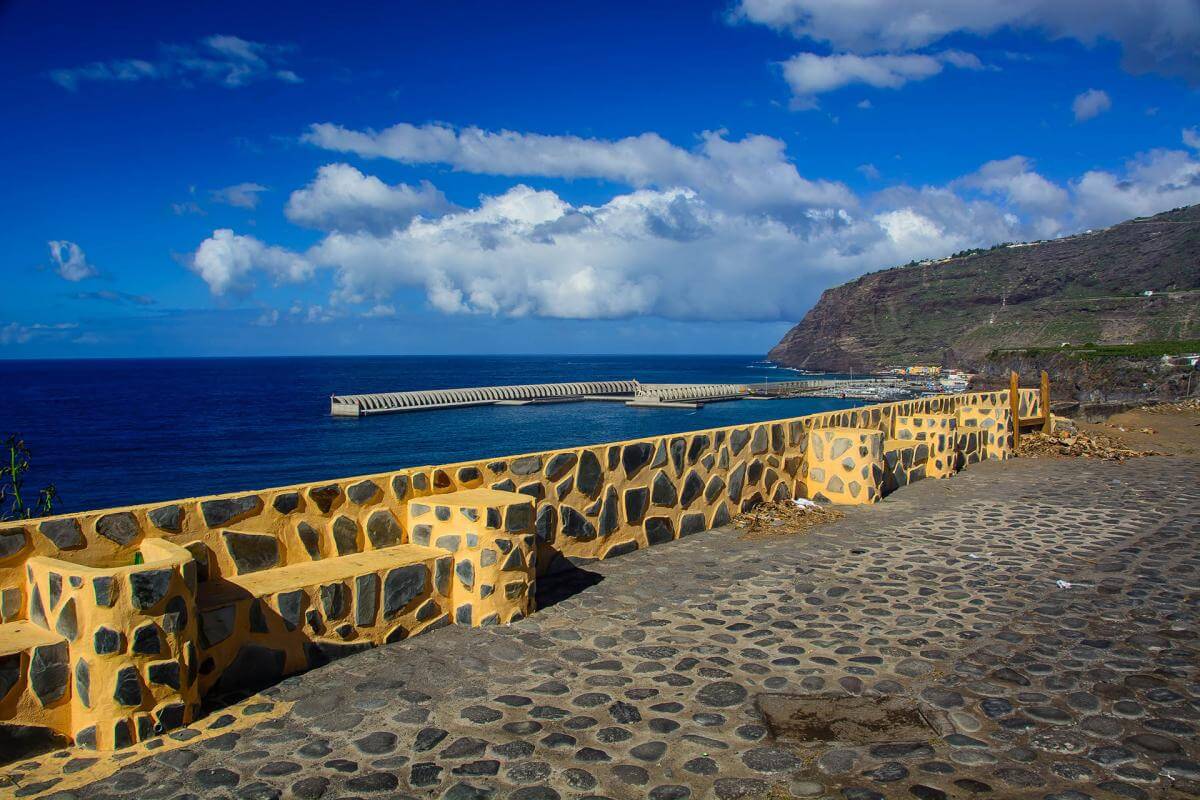
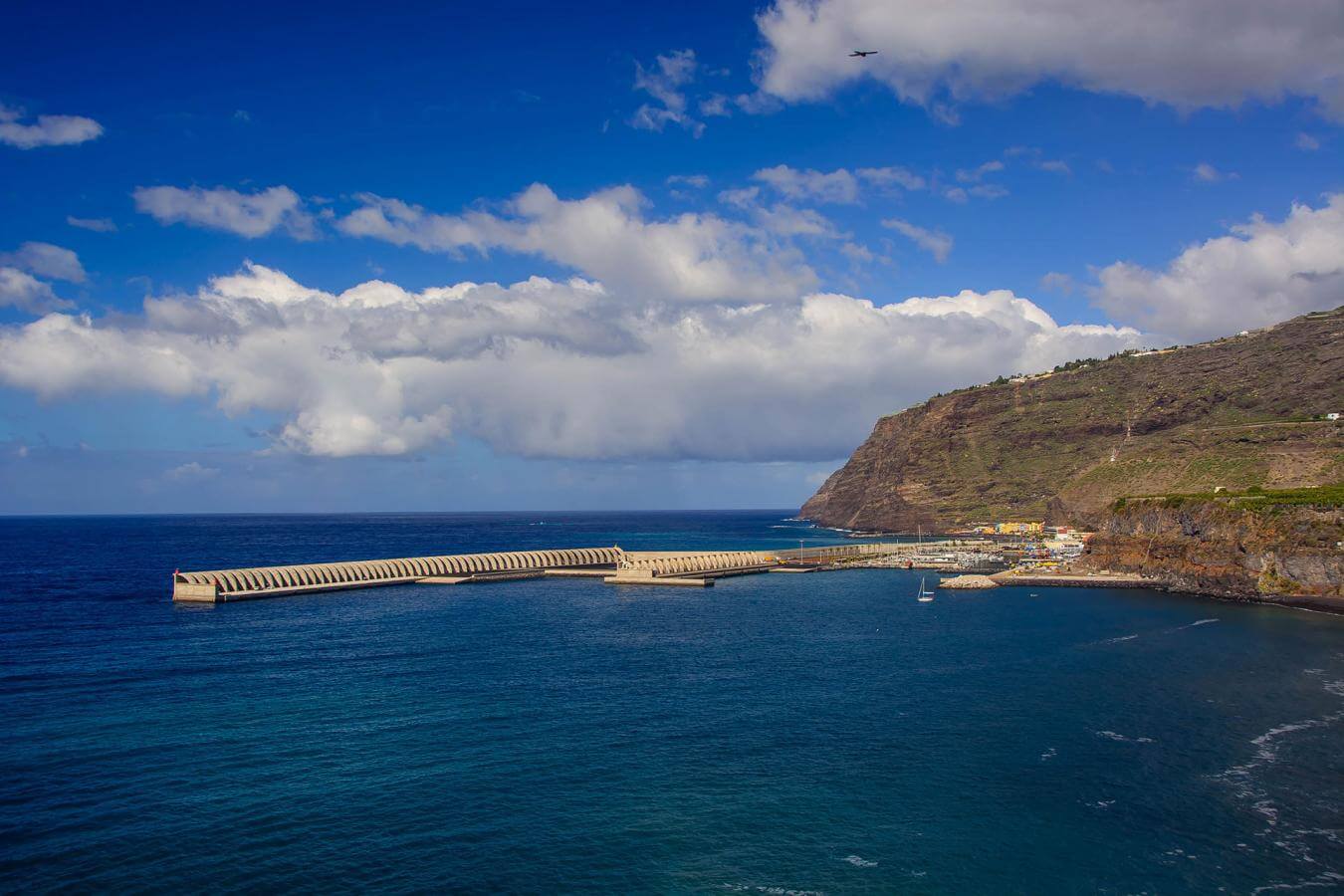
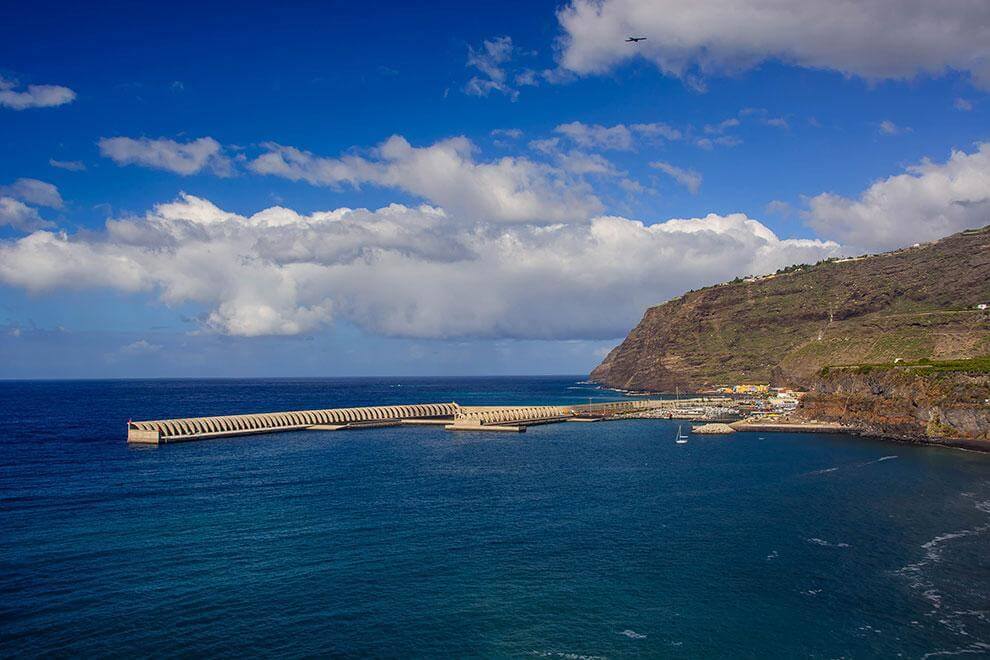
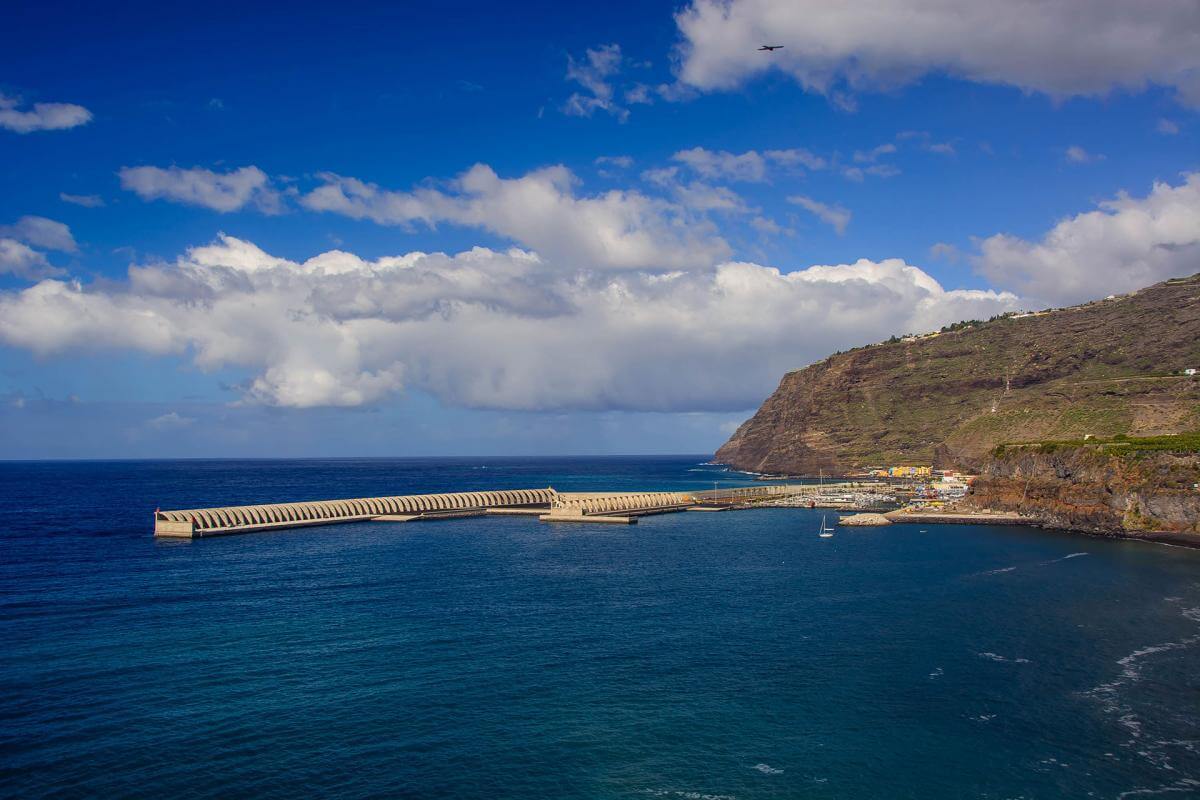
Mirador de La Muralla (Tijarafe)
The La Muralla Viewpoint in Tijarafe specialises in moon observations. The information panel includes a lunar map and a description of various practical activities that can be undertaken by visitors such as tracking the phases of the moon and observing its twilight zone.
Mirador de Miraflores (Puntagorda)
The Miraflores Viewpoint, perched on the Miraflores mountain, offers picturesque views of agricultural land which stretches off into the distance. The vantage point’s information panel allows visitors to learn more about the night sky. It offers tips on how to identify such things as nebulae, star clusters, shooting stars, and planets.
Mirador del Molino de Buracas (Garafía)
The Molino de Buracas Viewpoint, located in Garafía at 574 metres above sea level, has an information panel which discusses a link between a nearby windmill, a mythological dragon, and Ceres, a goddess of agriculture.
In the interior of La Palma there are more astronomical viewpoints:
Mirador del Pico Cruz Sur (San Andrés y Sauces)
The Pico Cruz Sur Viewpoint, located at 2307 metres above sea level, has exceptional conditions for observing the night sky. This vantage point is designed for devotees of astronomy who have some advanced knowledge of the discipline.
Mirador al Infinito (San Andrés y Sauces)
The Infinito Viewpoint is located in front of a monument installed in 1985 by the artist César Manrique to celebrate the inauguration of the Roque de los Muchachos Observatory. The vantage point’s information panel describes a piece of artwork by César Manrique called “Banderas del Cosmos”, or, in English "Flags of the Cosmos".
Mirador del Llano del Jable (El Paso)
The Llano del Jable Viewpoint, located in the upper region of El Paso at 1200 metres above sea level, offers splendid views. During the day visitors can observe the ancient volcano of Montaña Quemada and the Aridane valley. At night, the vantage point is converted into a wonderful observation point for the night sky.
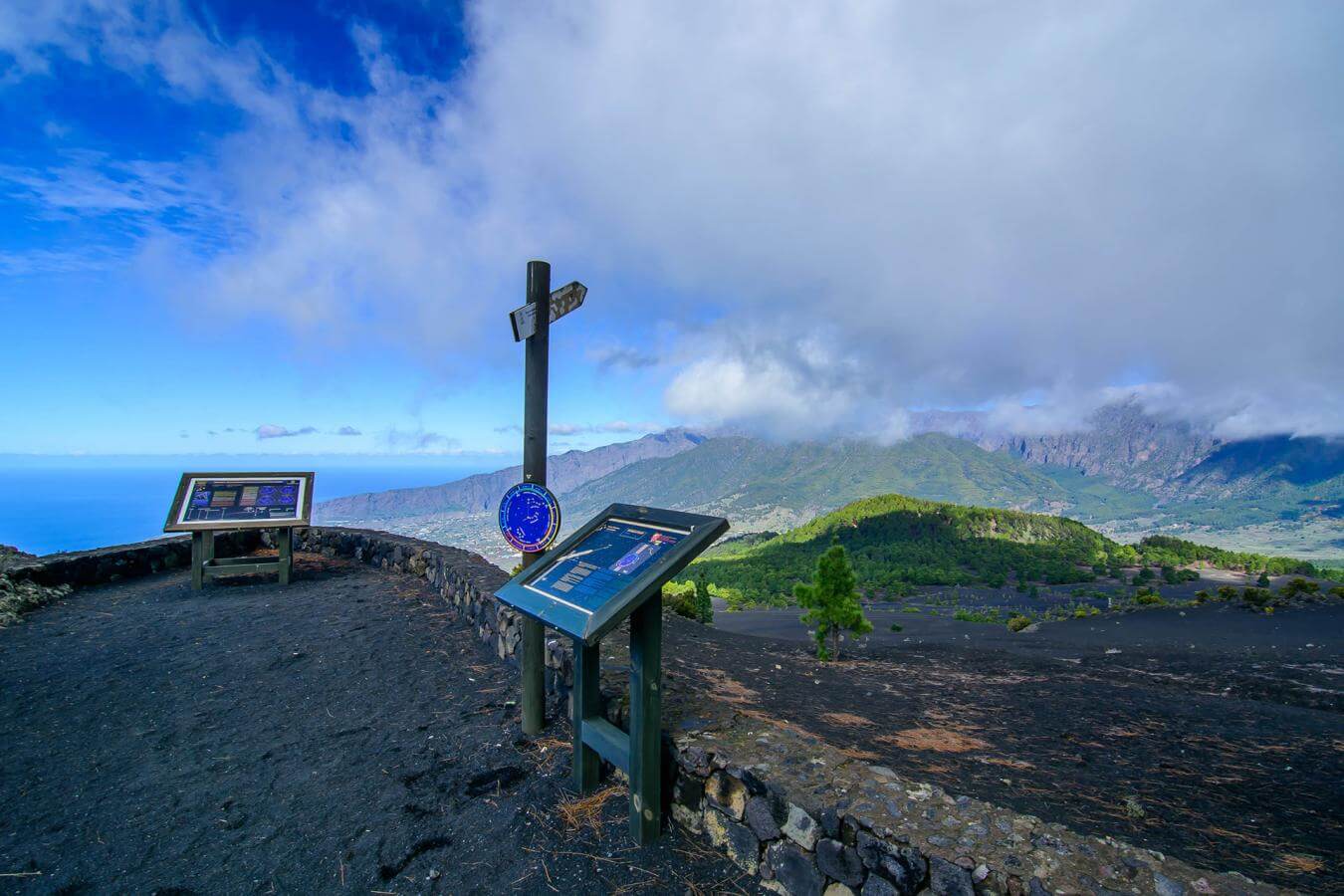
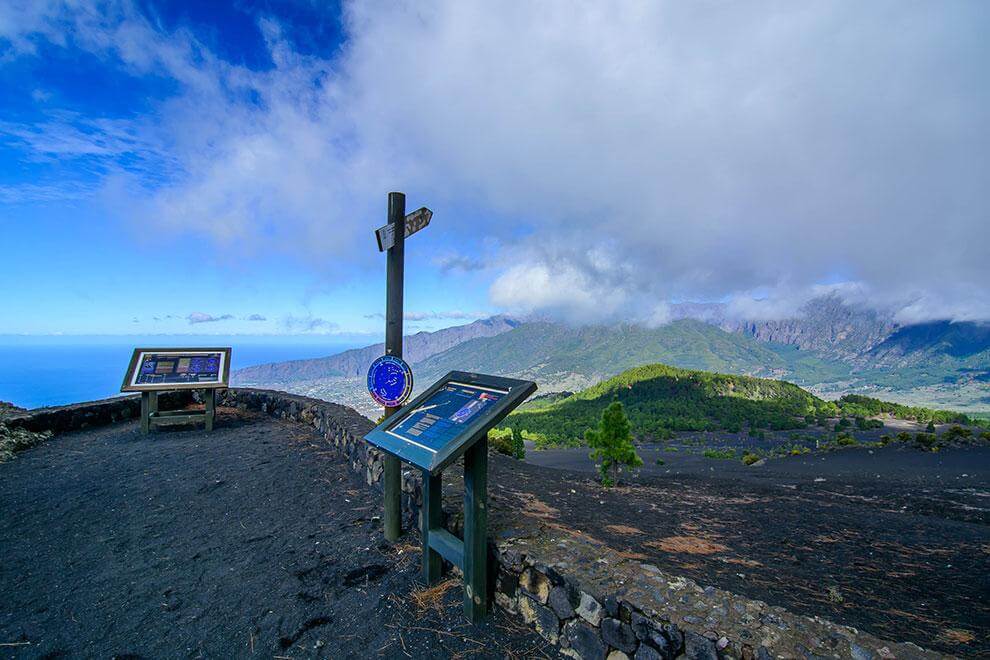
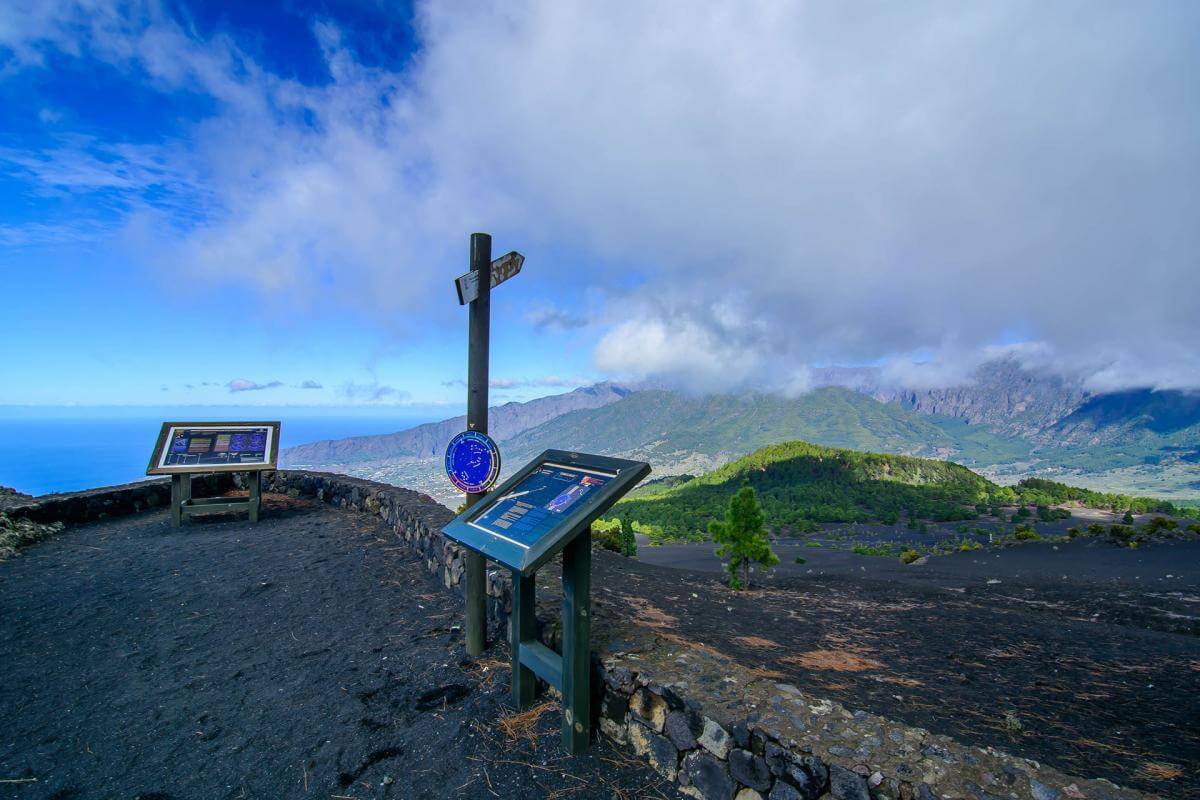
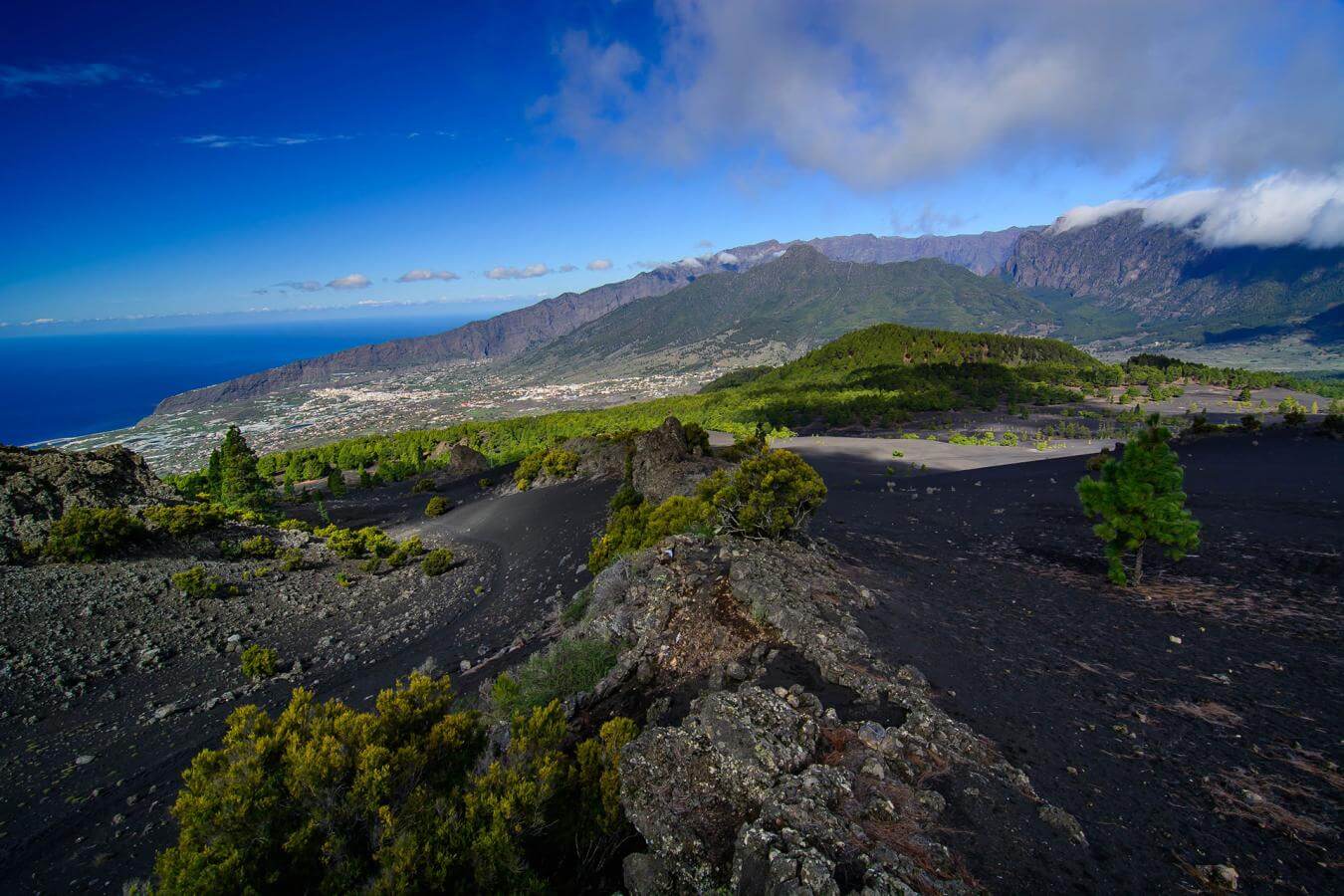
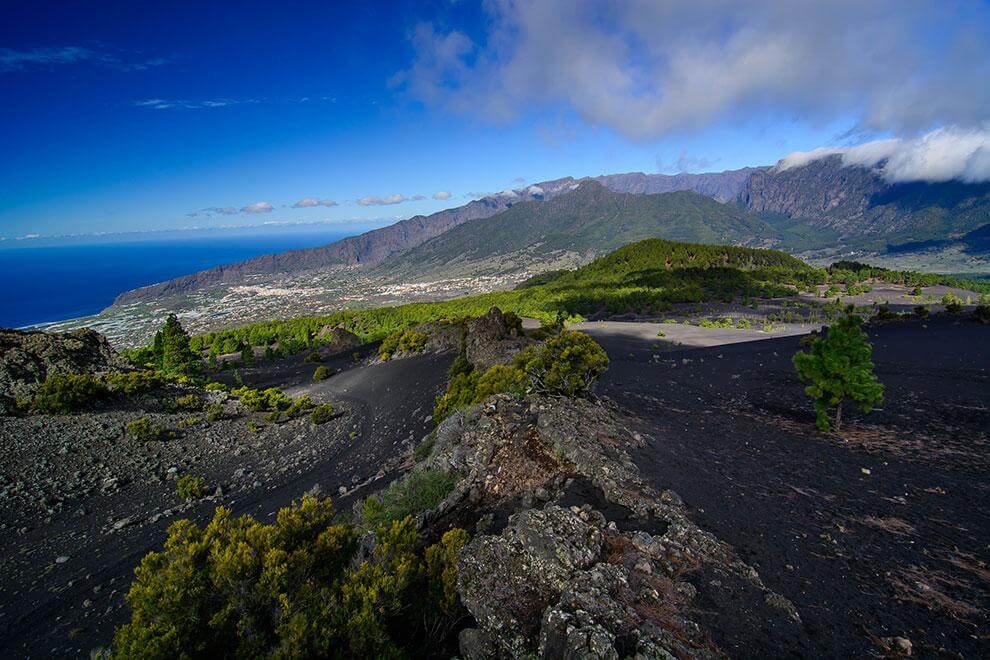
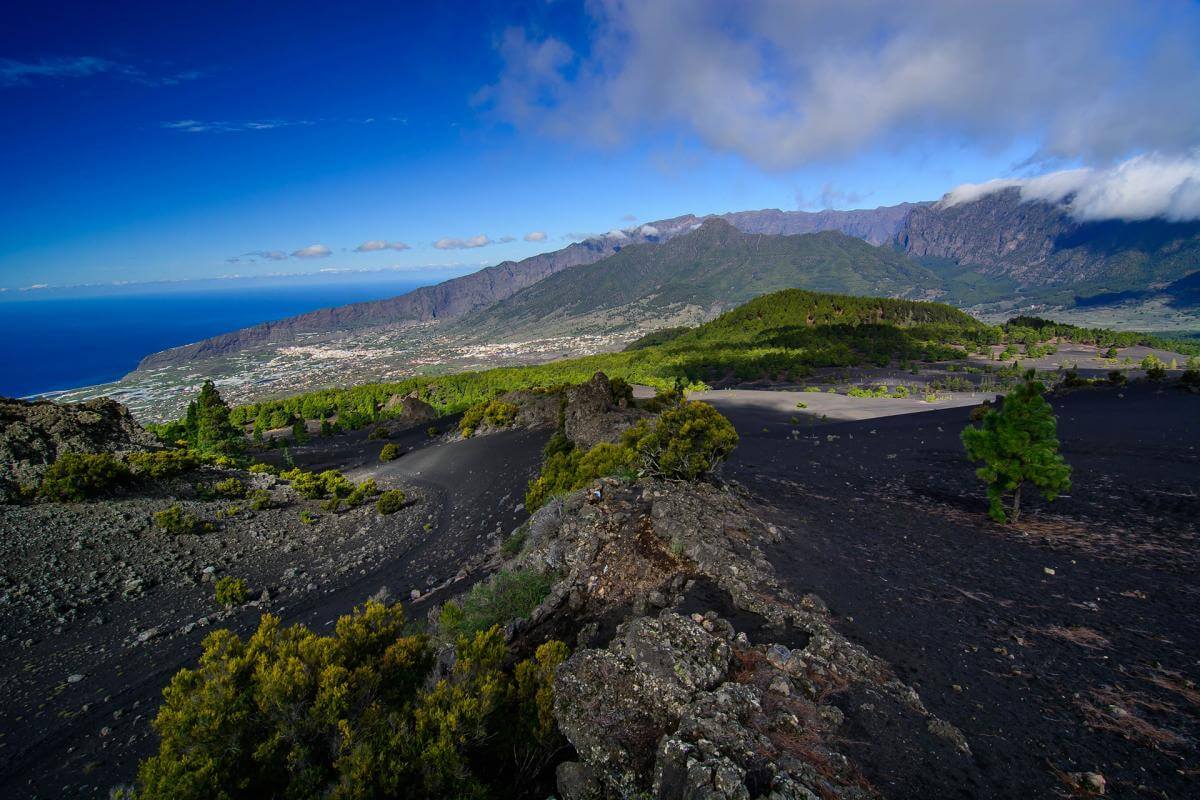
Mirador del Llano de la Venta (Breña Baja)
The information panel at the Llano de la Venta Viewpoint talks about Orion, the winter constellation, and how it has influenced cultures of the past. The panel also discusses the relative sizes of the stars and how they appear to us in the night sky.
La Palma has been a pioneer in its development of the “Law of the Heavens”. This piece of legislation was approved by the Spanish Government in 1988 with the aim of protecting the quality of the night sky for astrophysical observations. The law protects La Palma from light, atmospheric, and radio electric pollution as well restricting flight patterns in the area.
In addition to the “Law of the Heavens”, in 2007 the the World Declaration in Defence of the Night Sky and the Right to Observe the Stars (the La Palma Starlight Declaration) was signed. This declaration affirms that: “there is an inalienable right of humanity to the contemplation of an uncontaminated sky. This right is comparable to other environmental, social, and cultural rights.”
The 2007 declaration in conjunction with the “Law of the Heaven” will maintain La Palma’s world class skies into the future.
